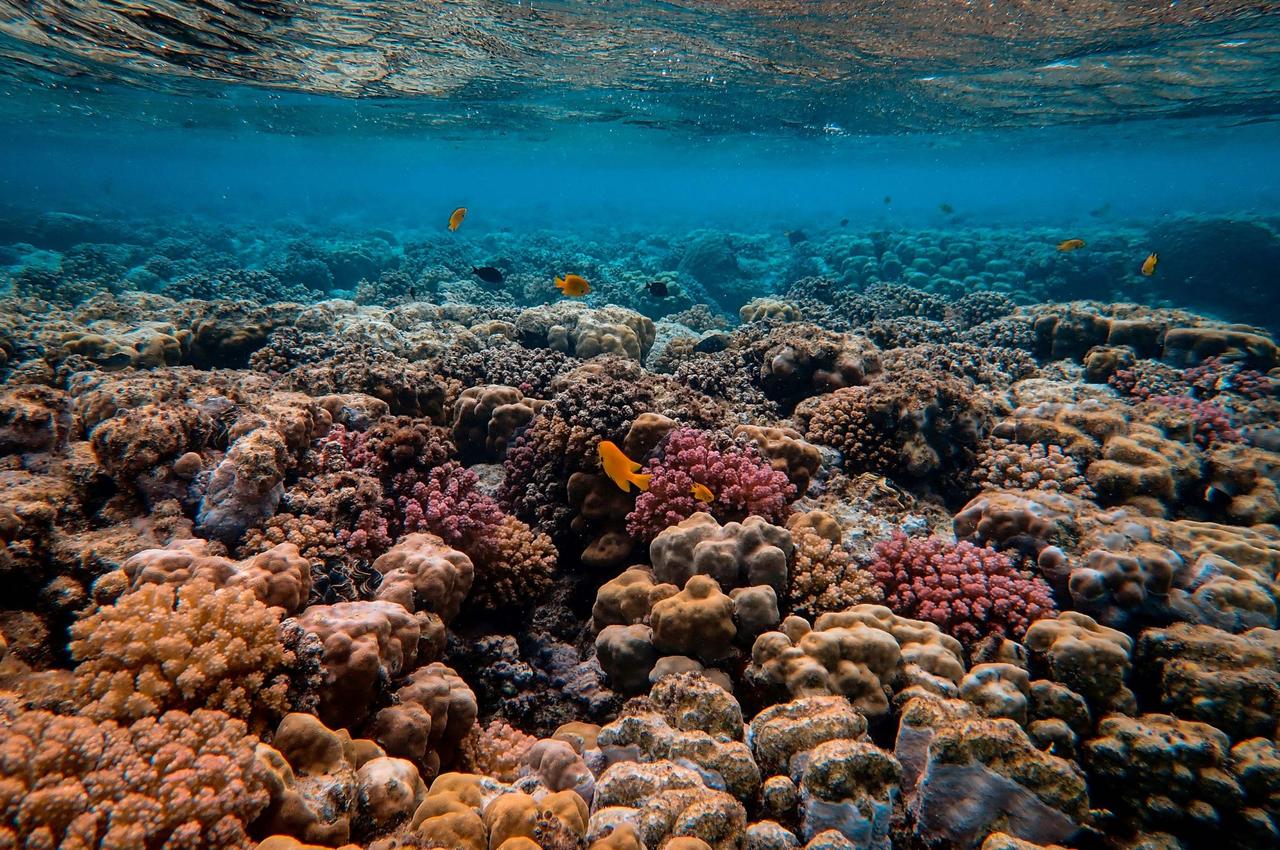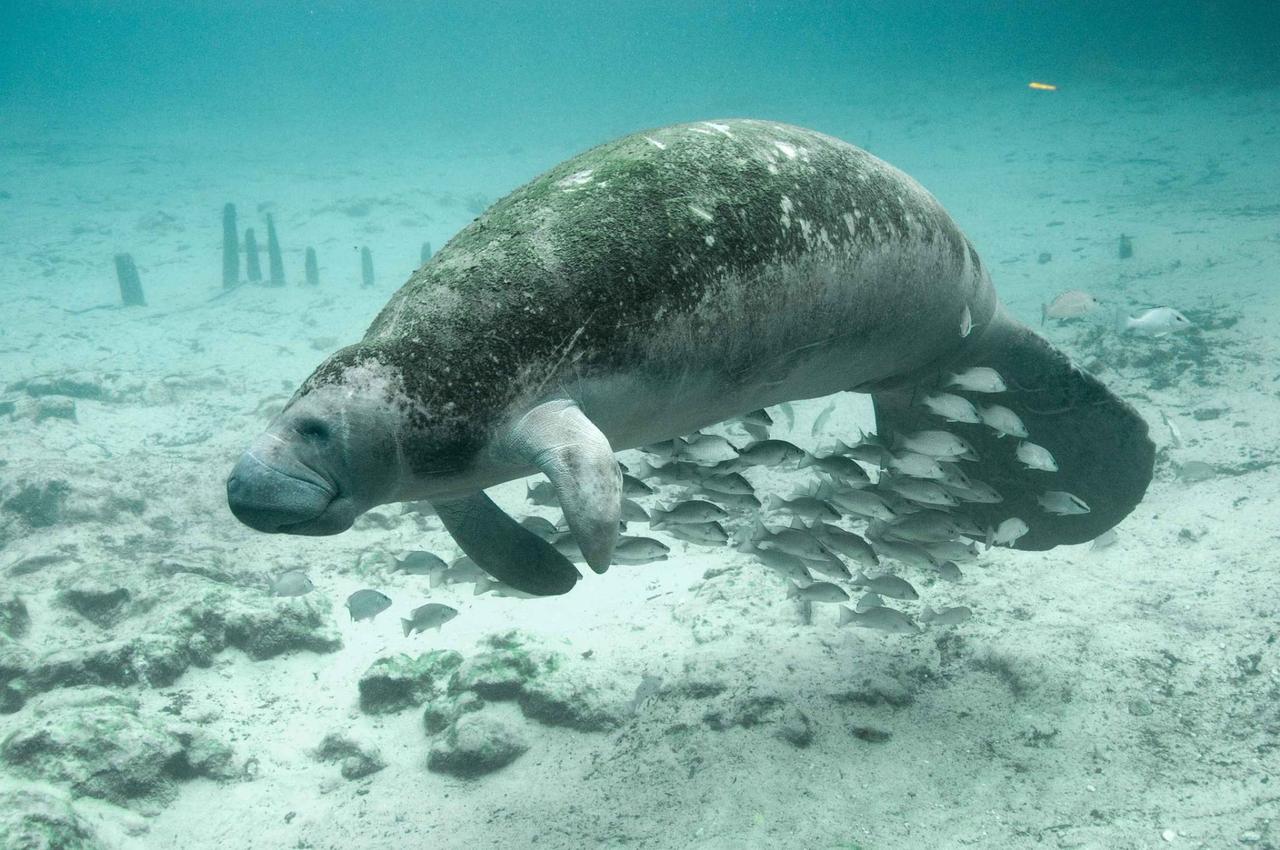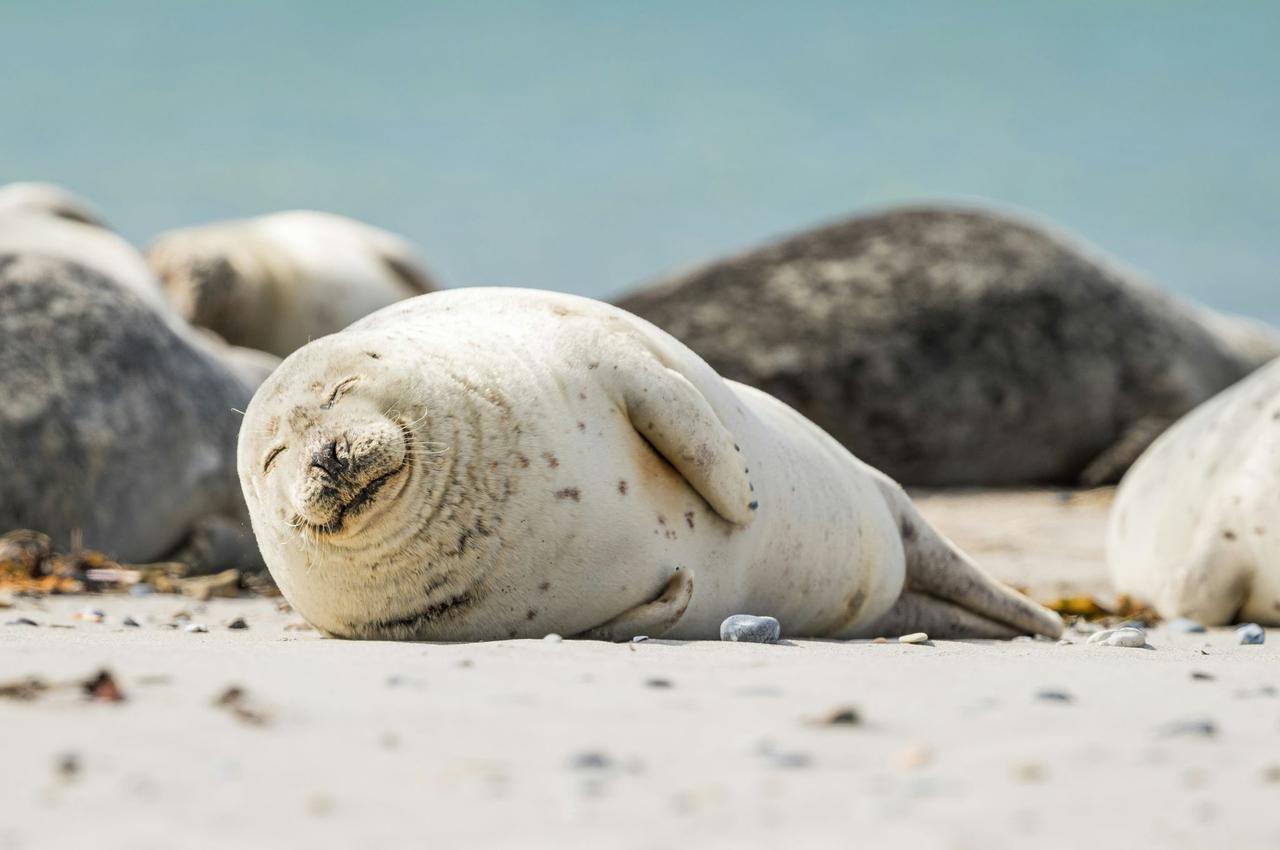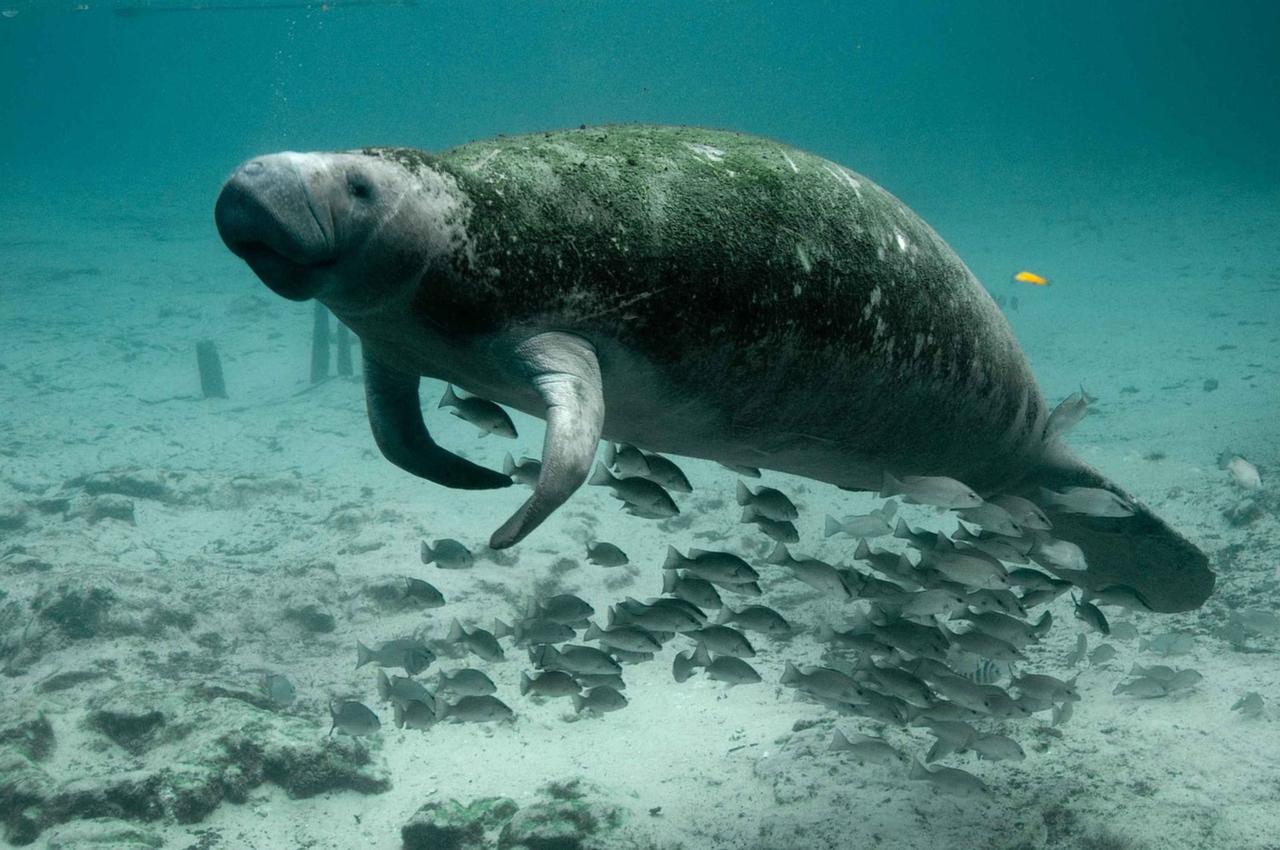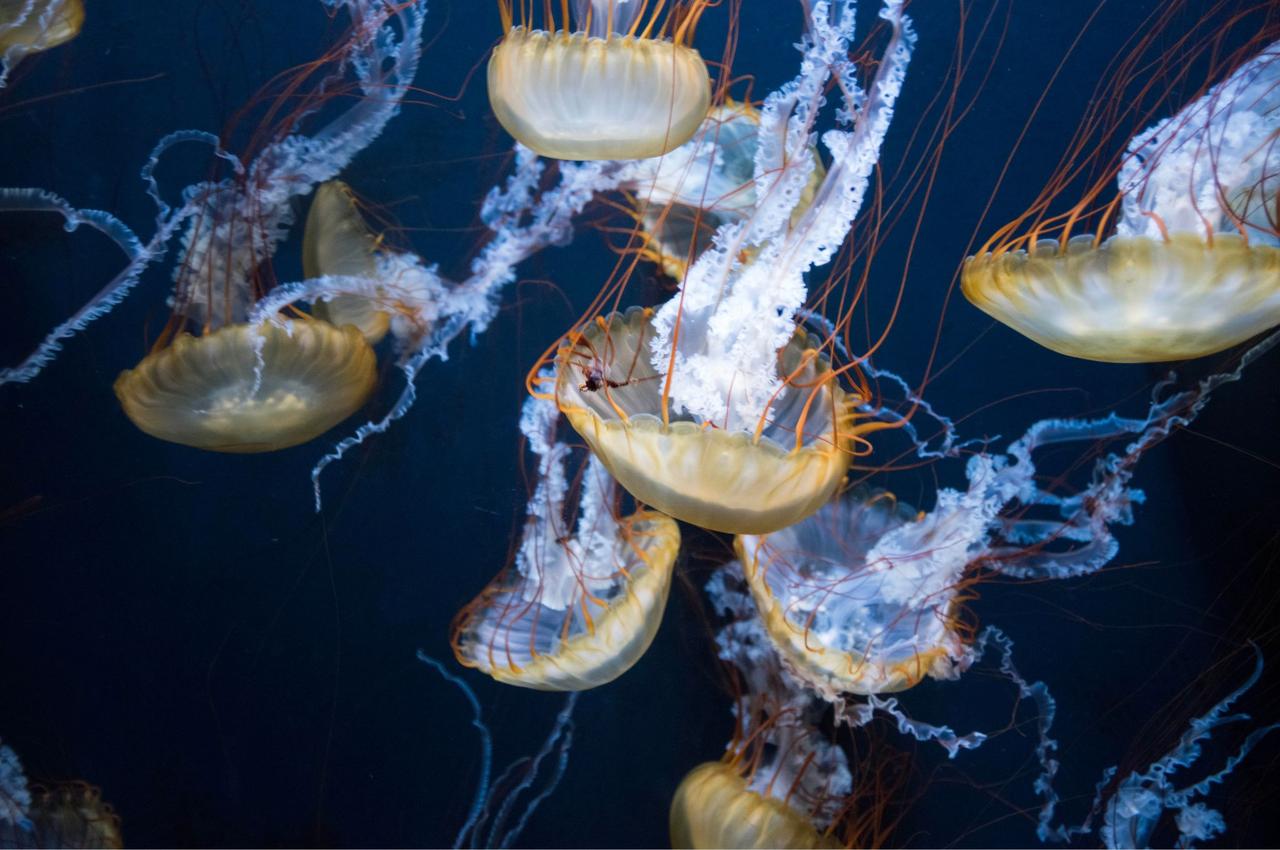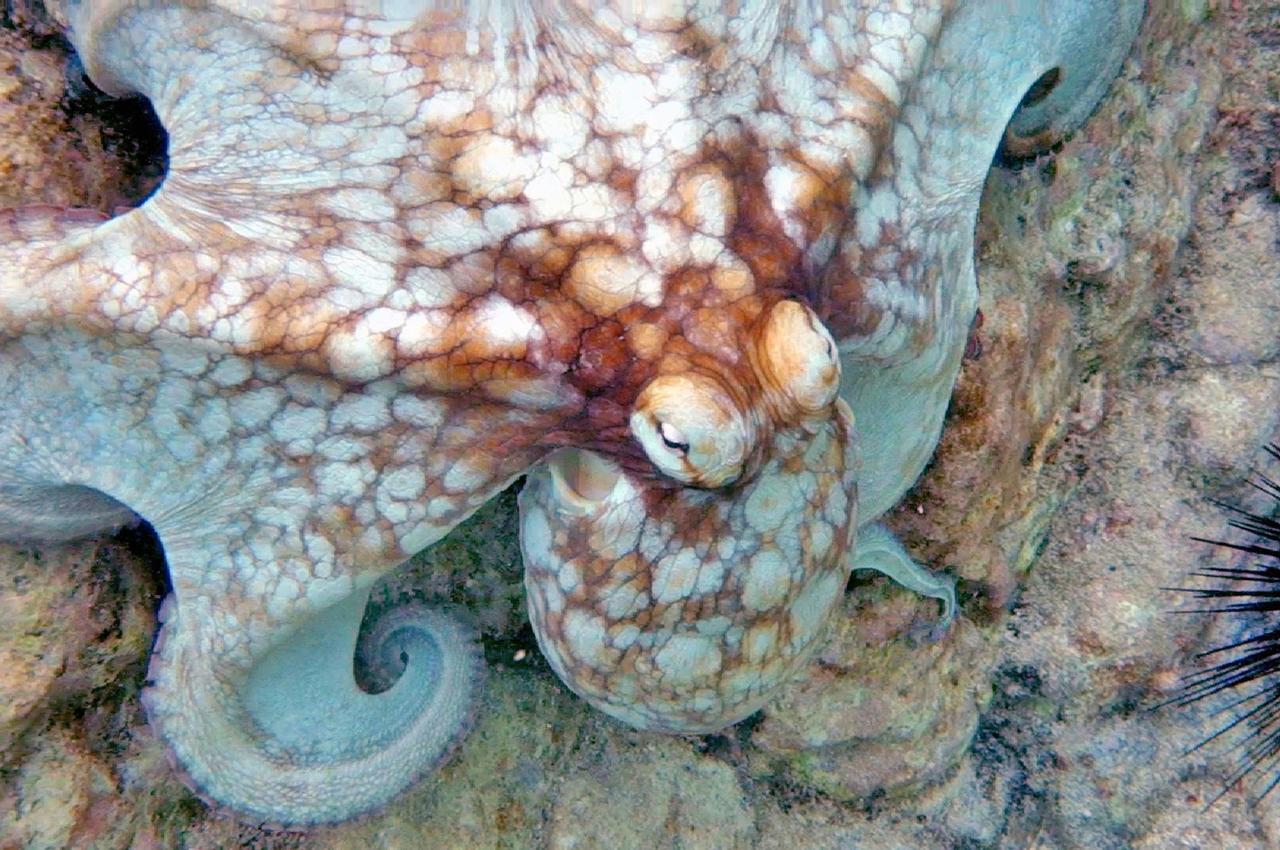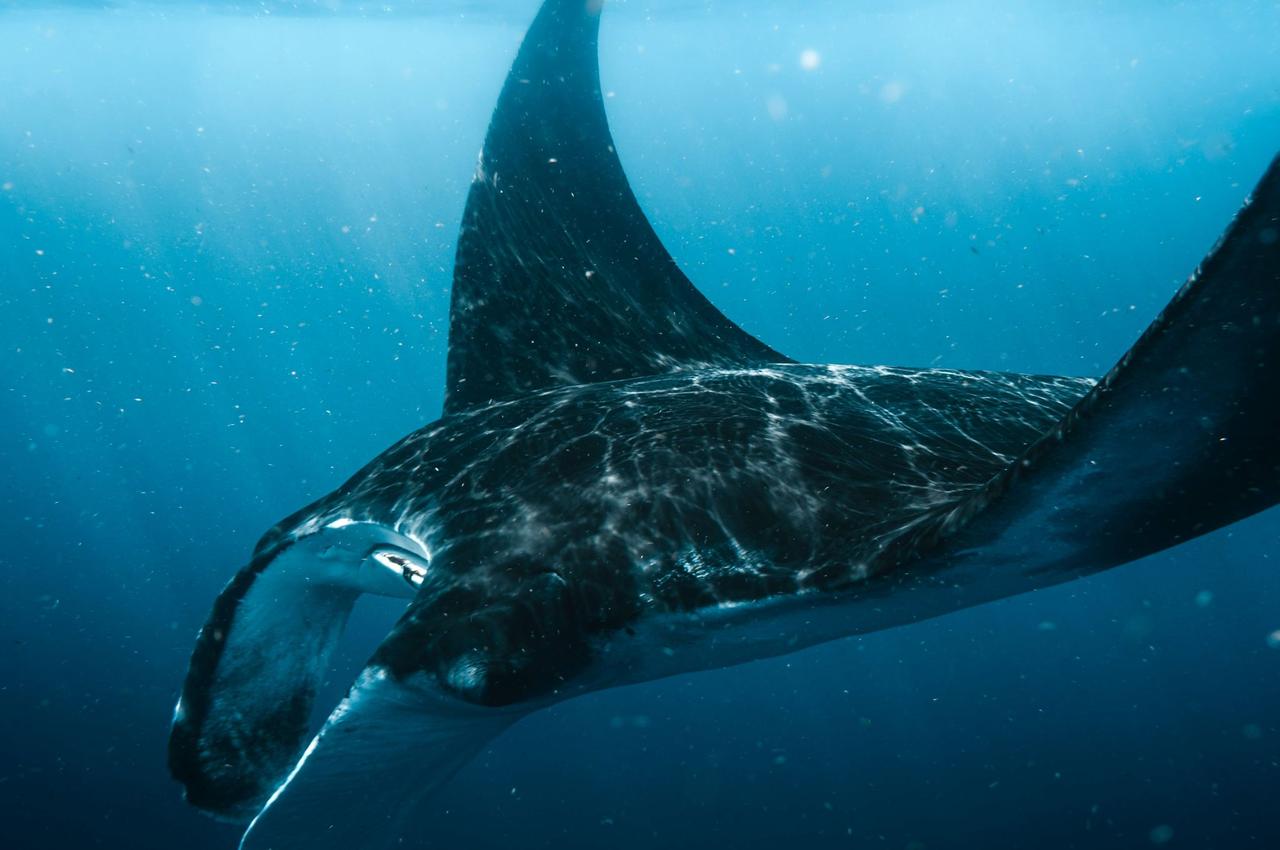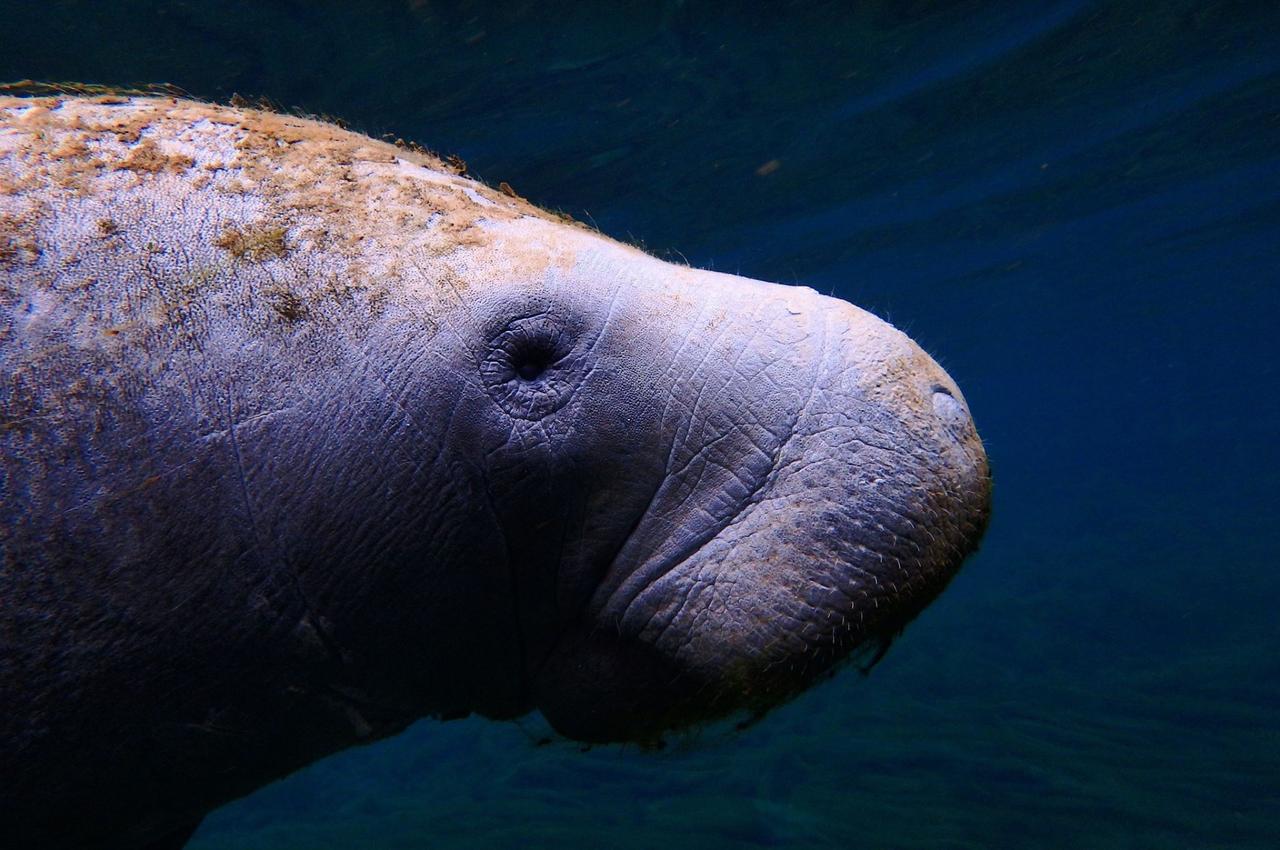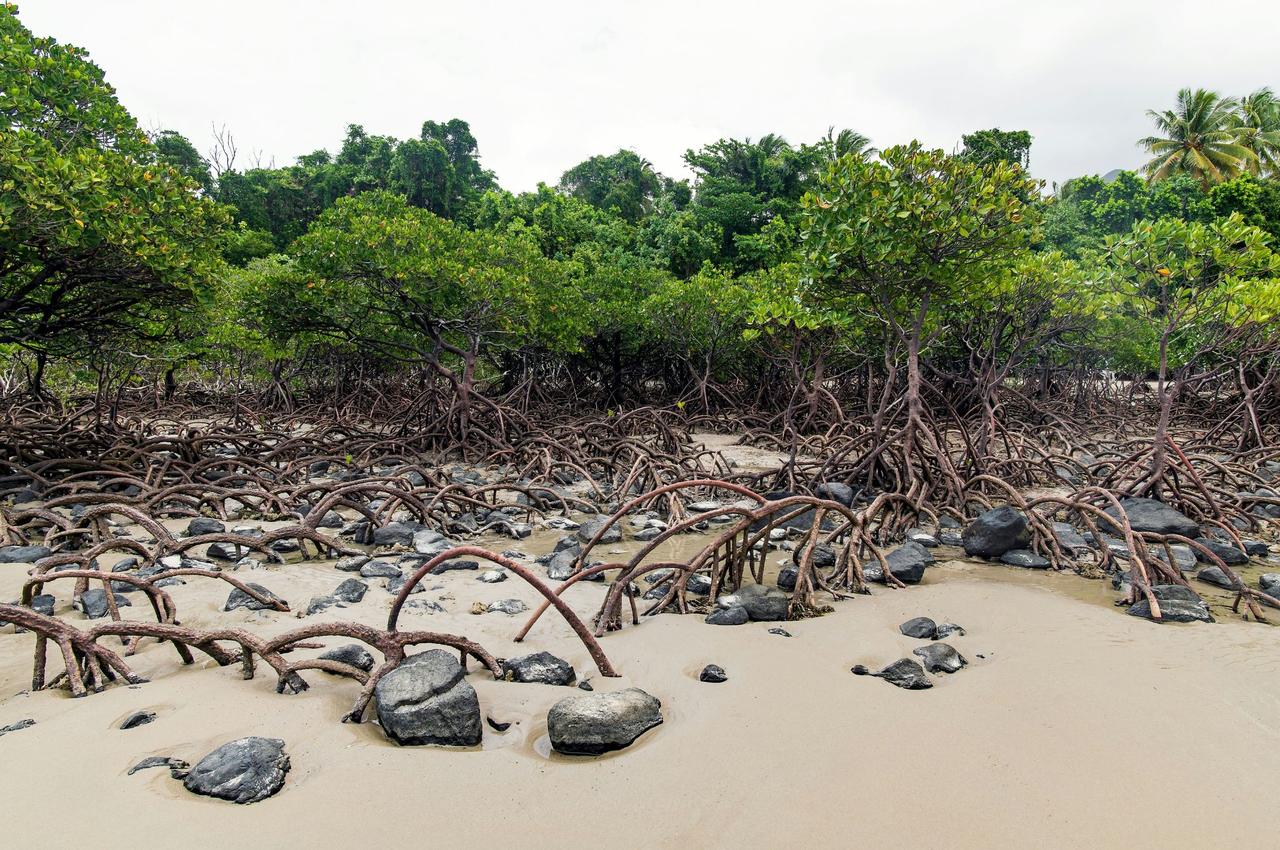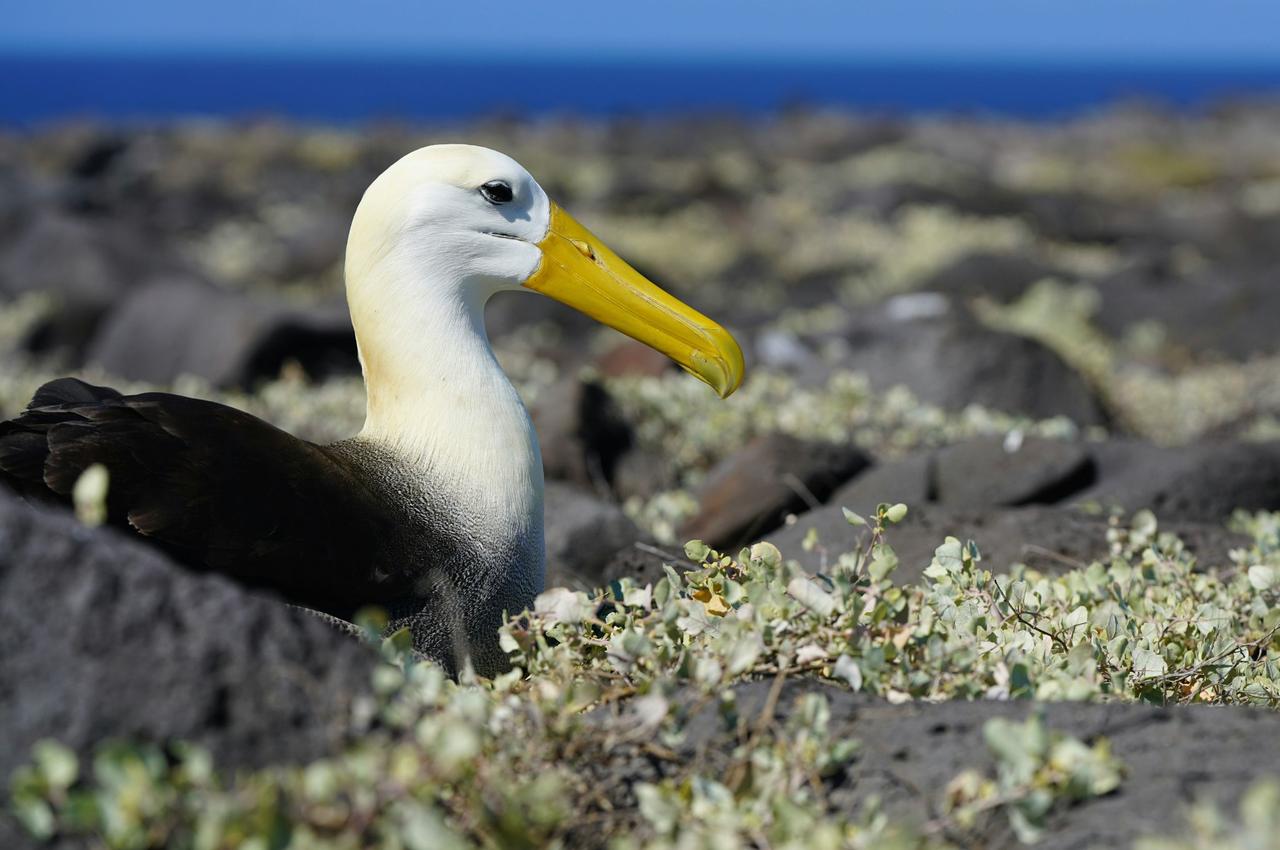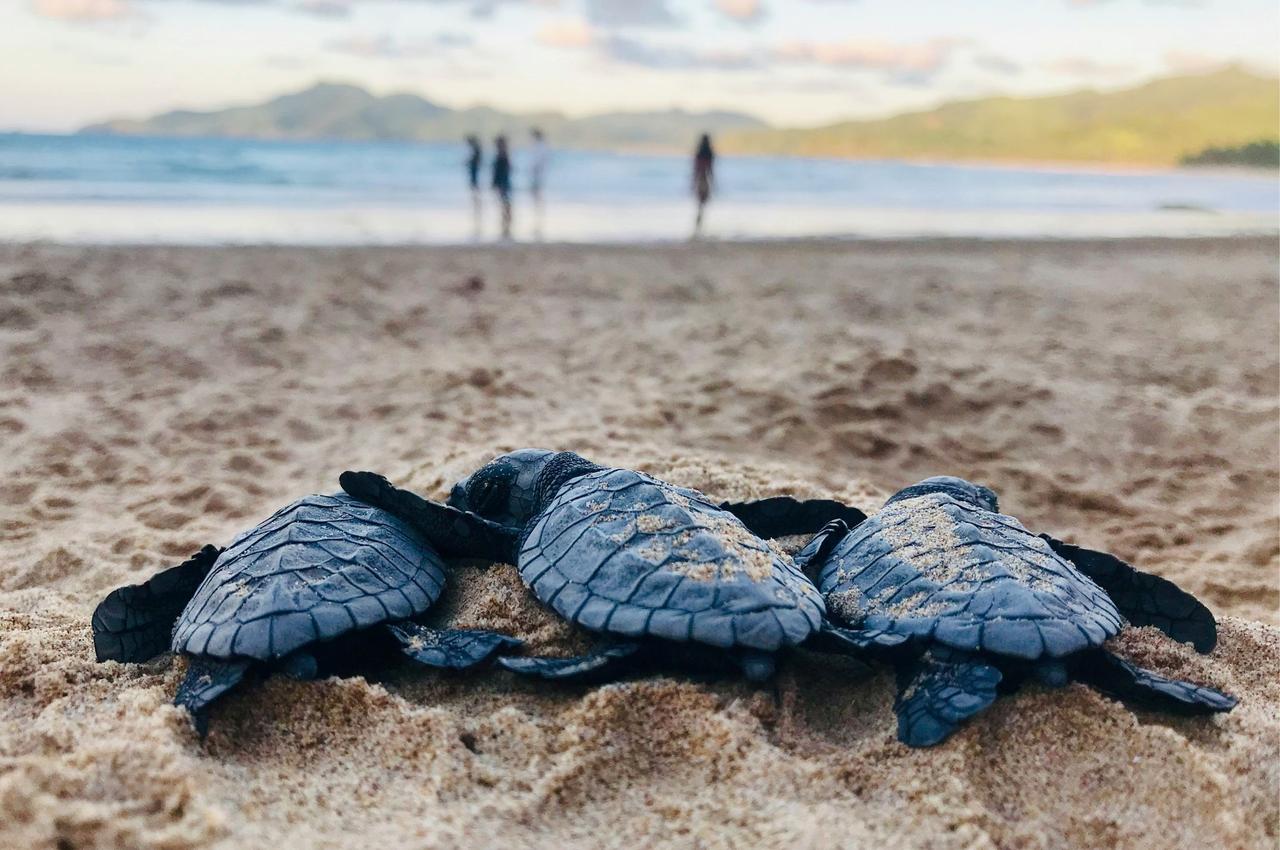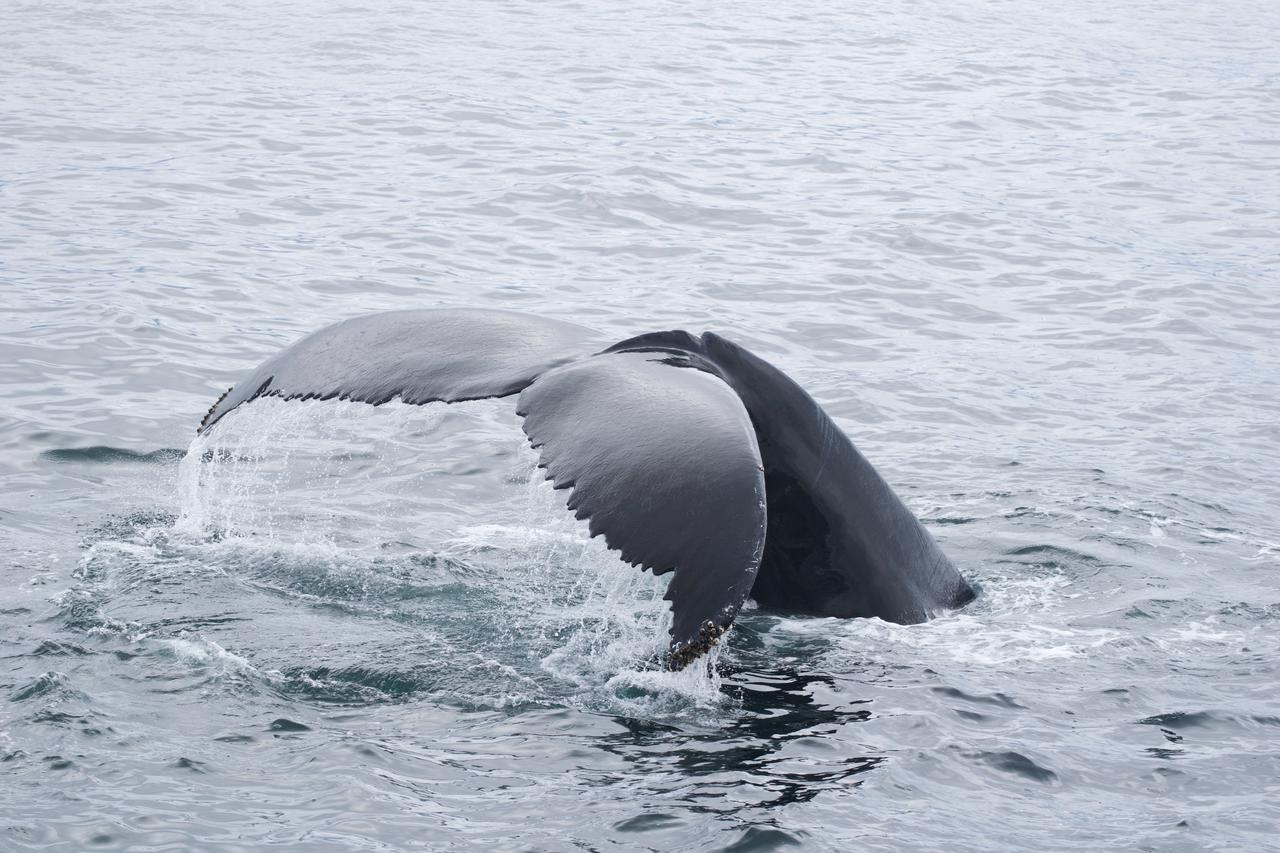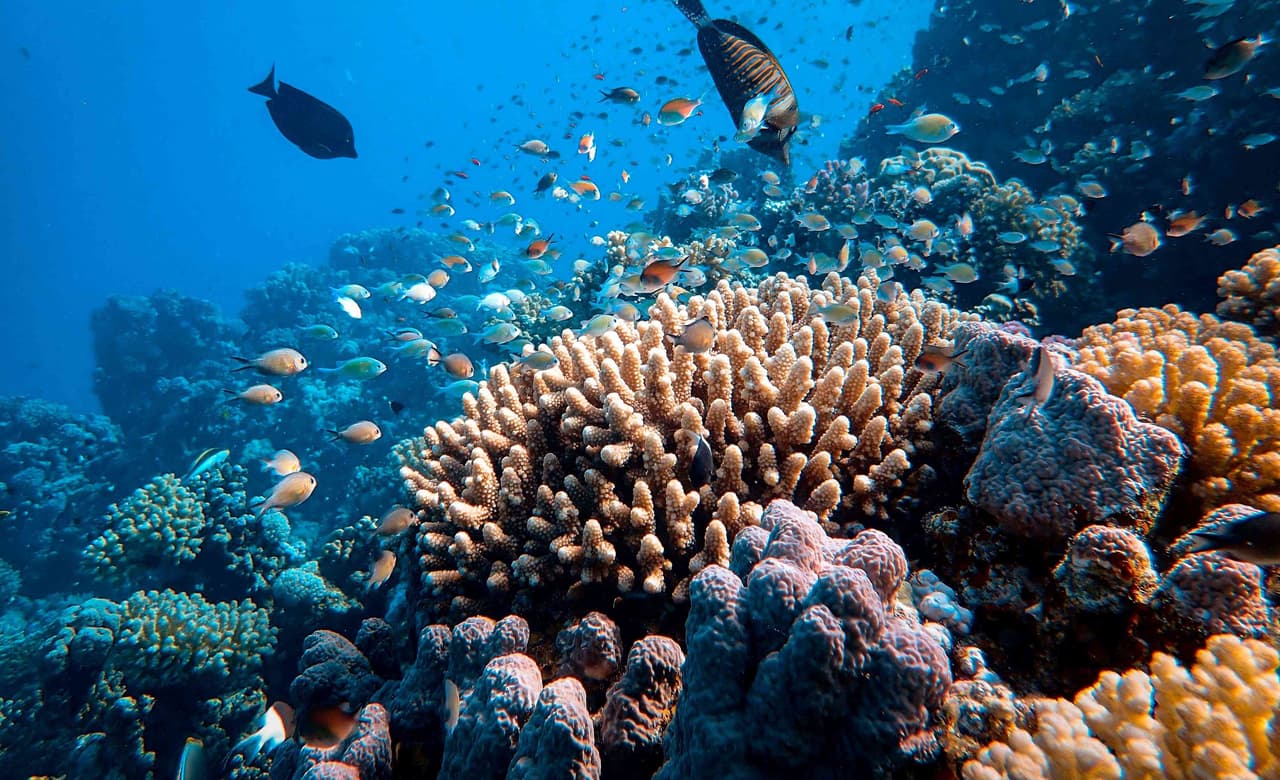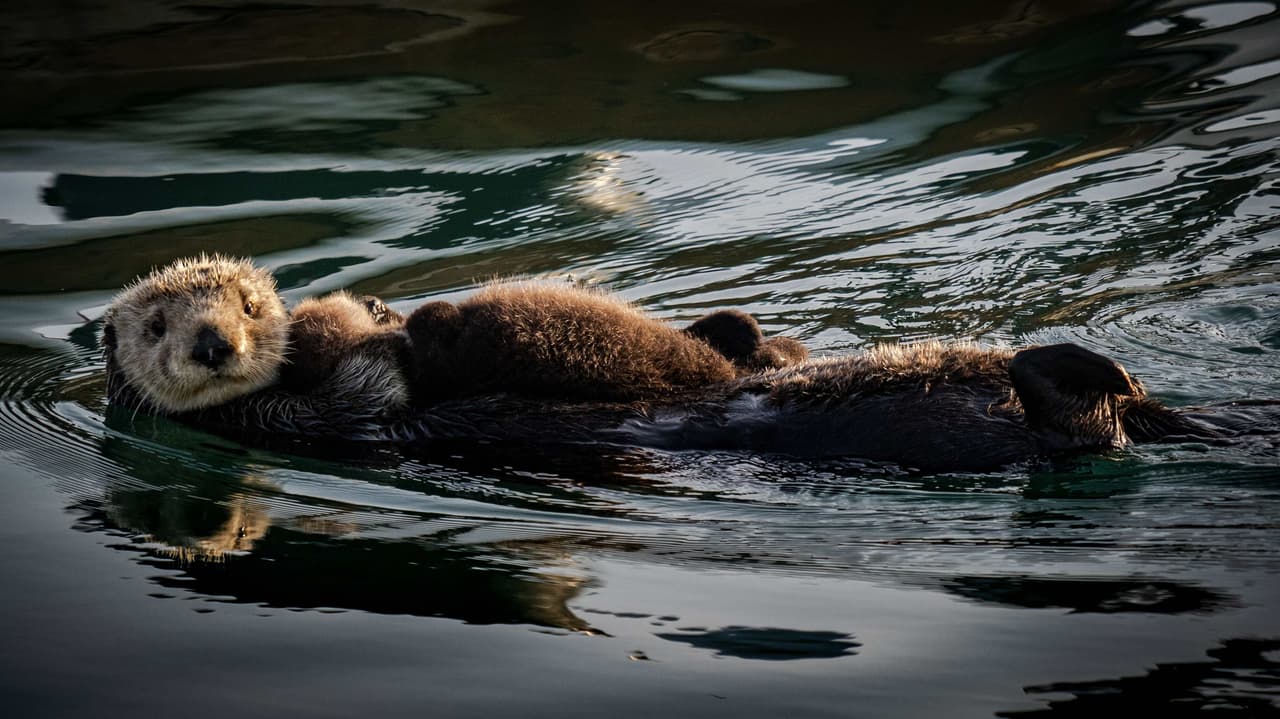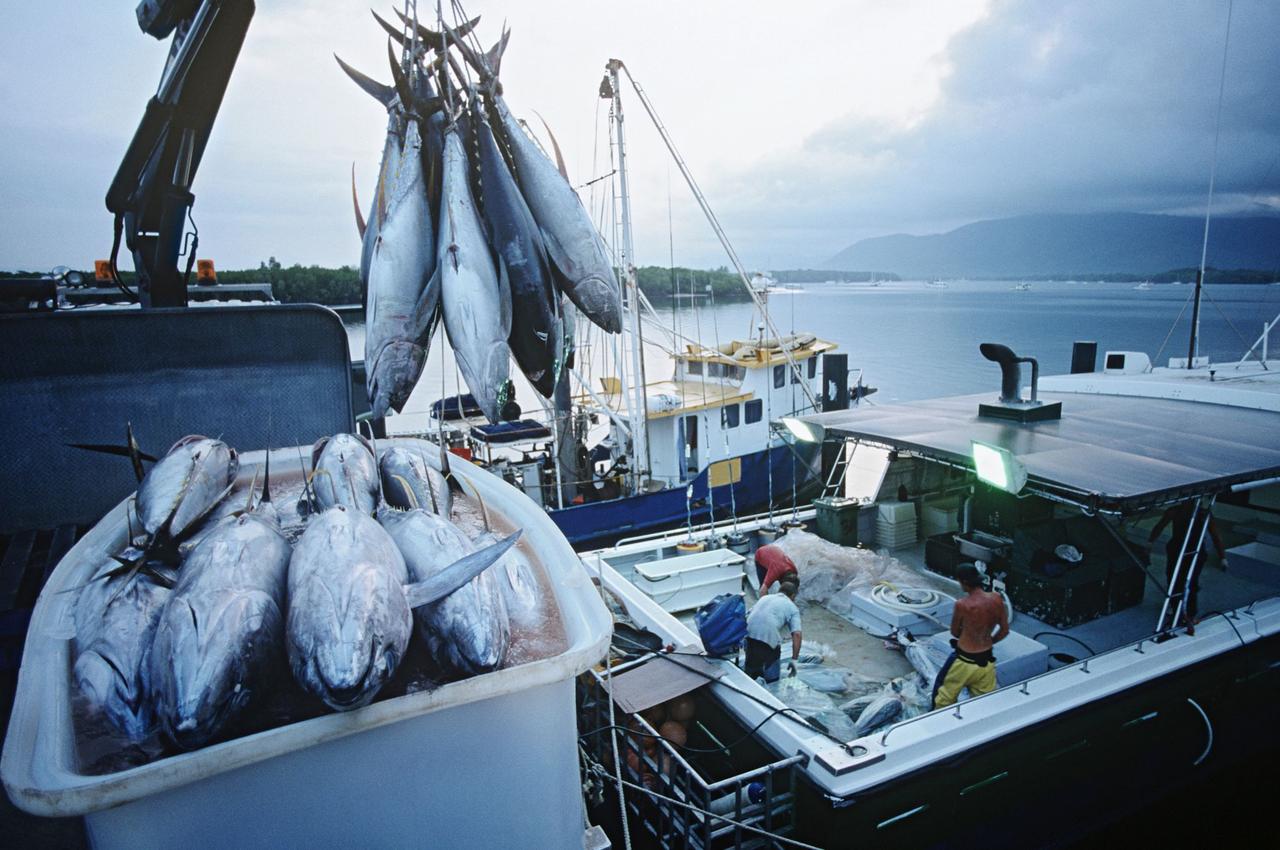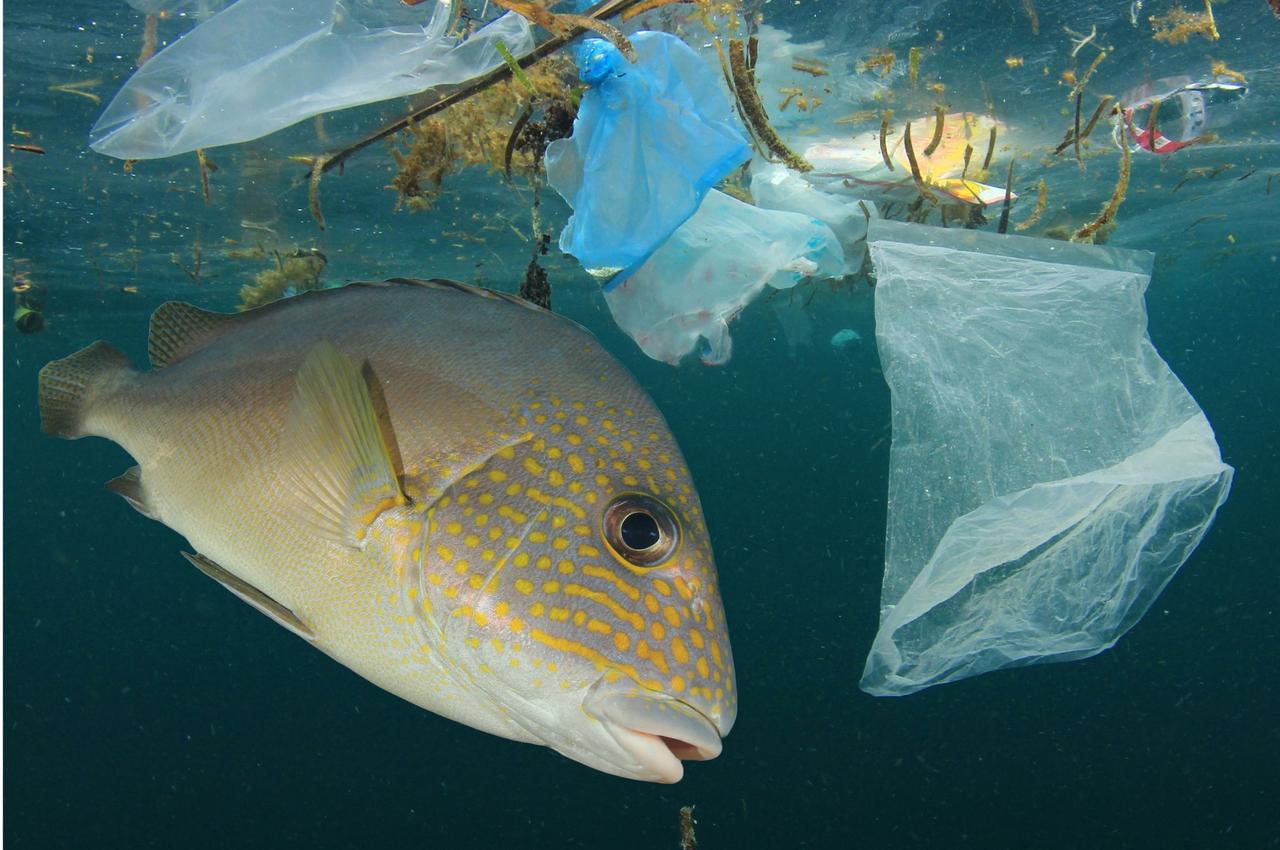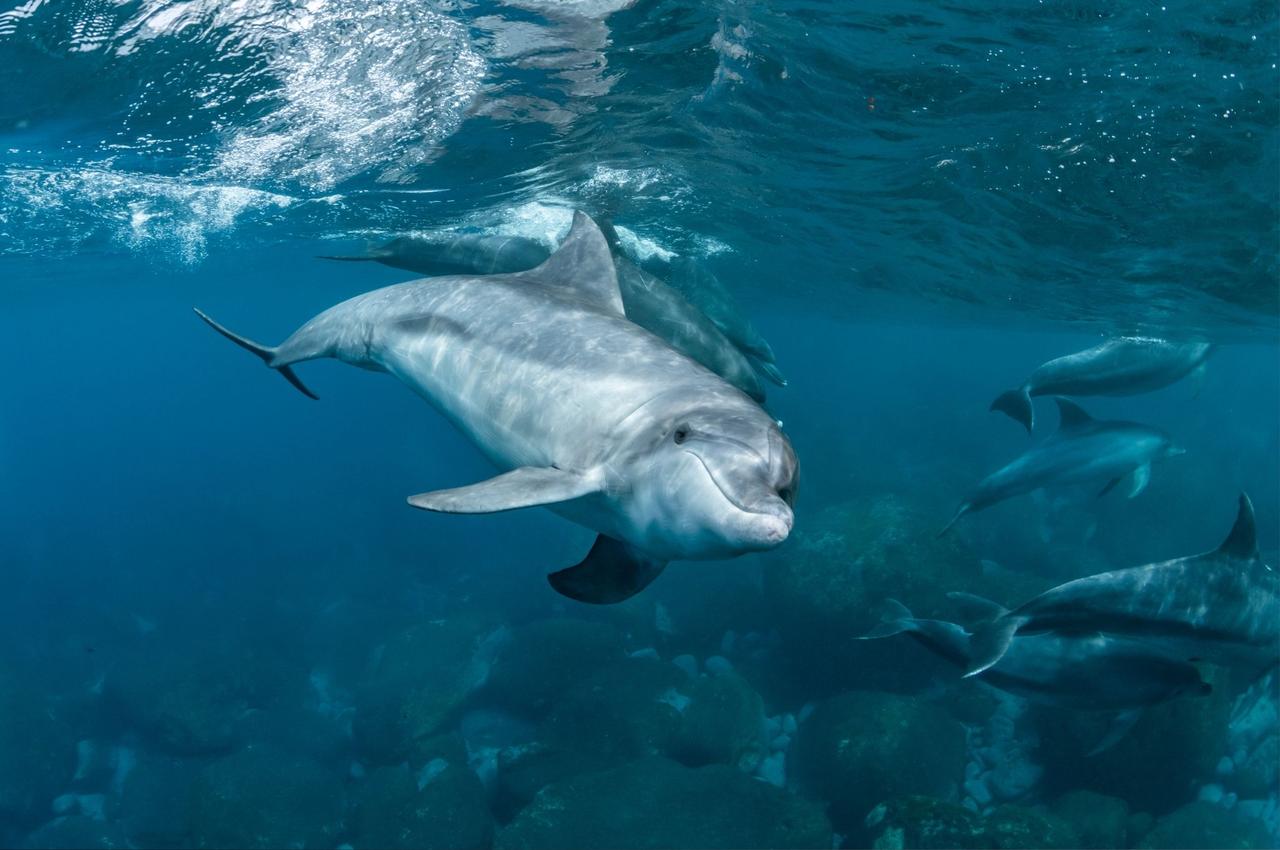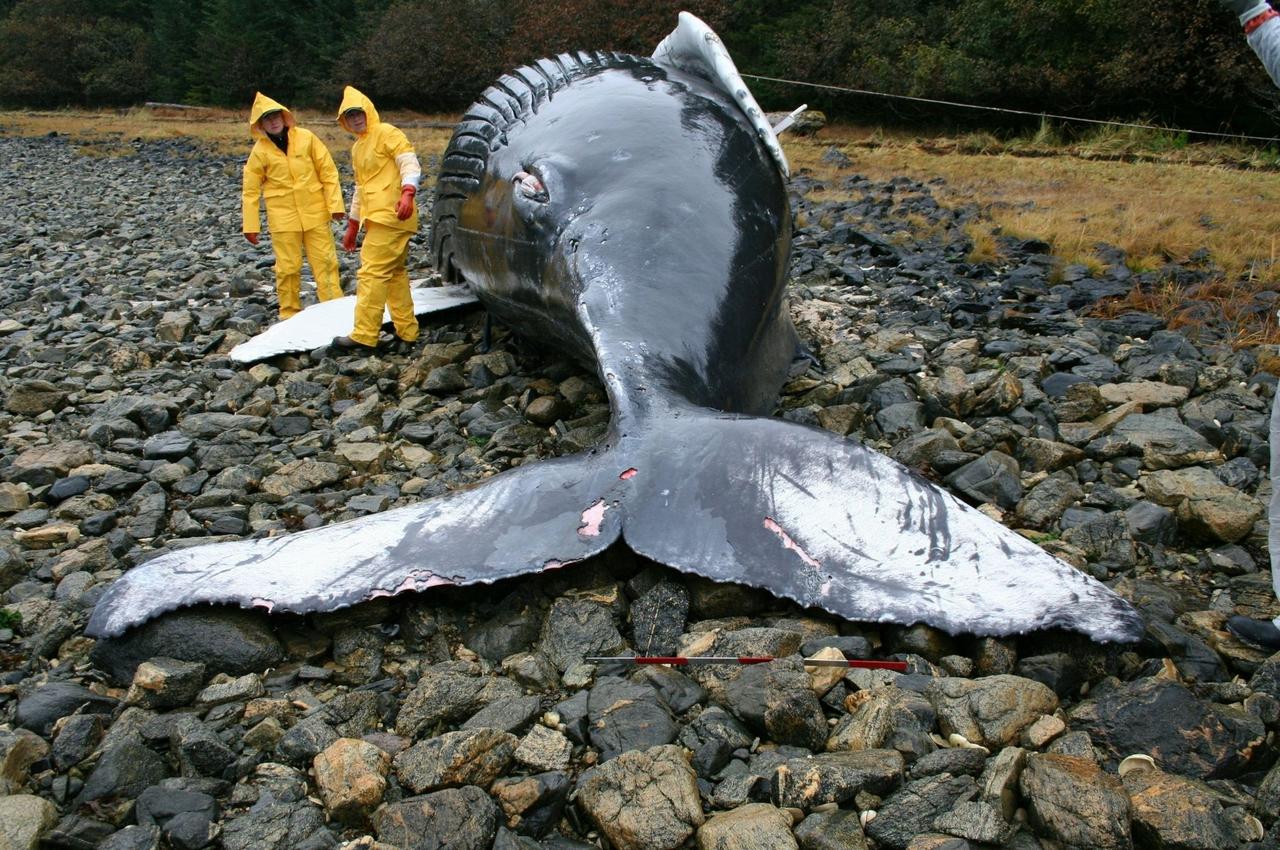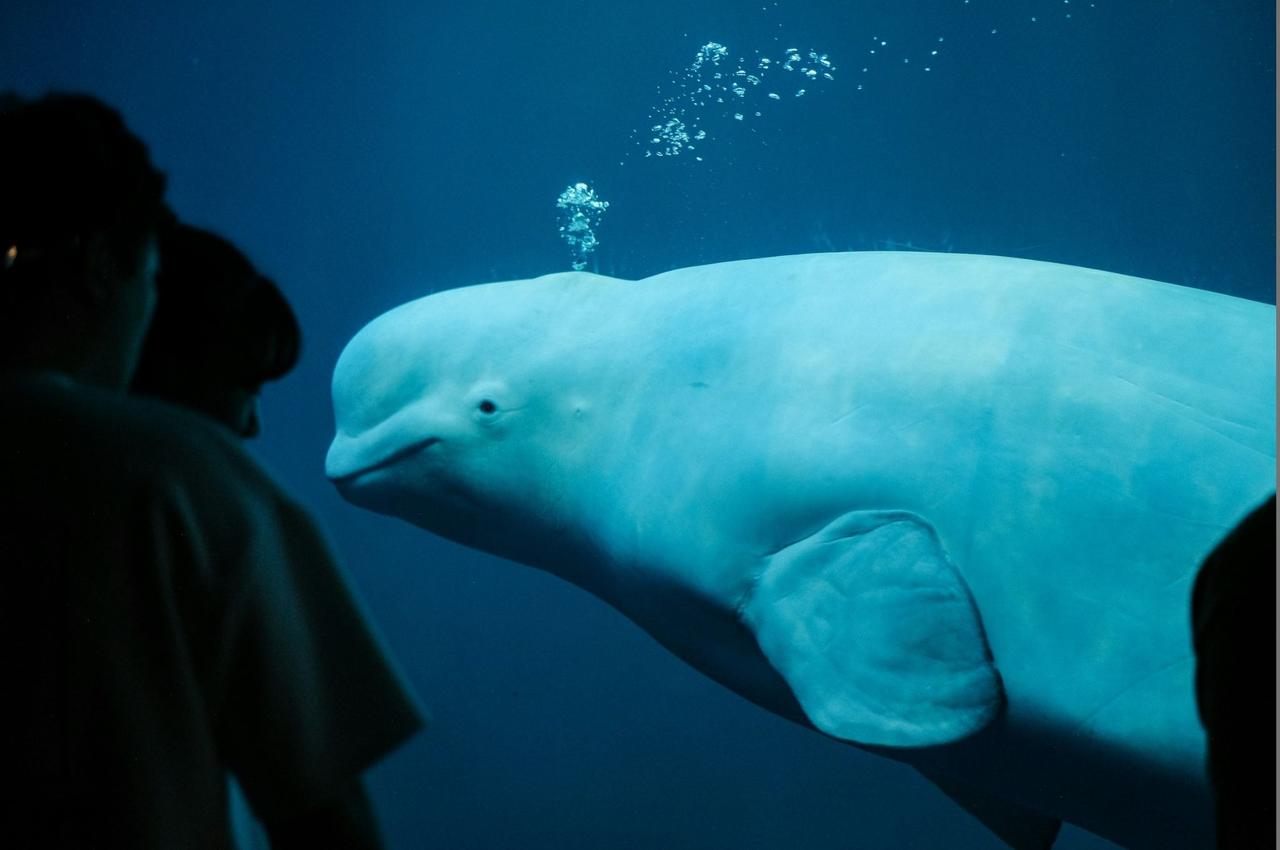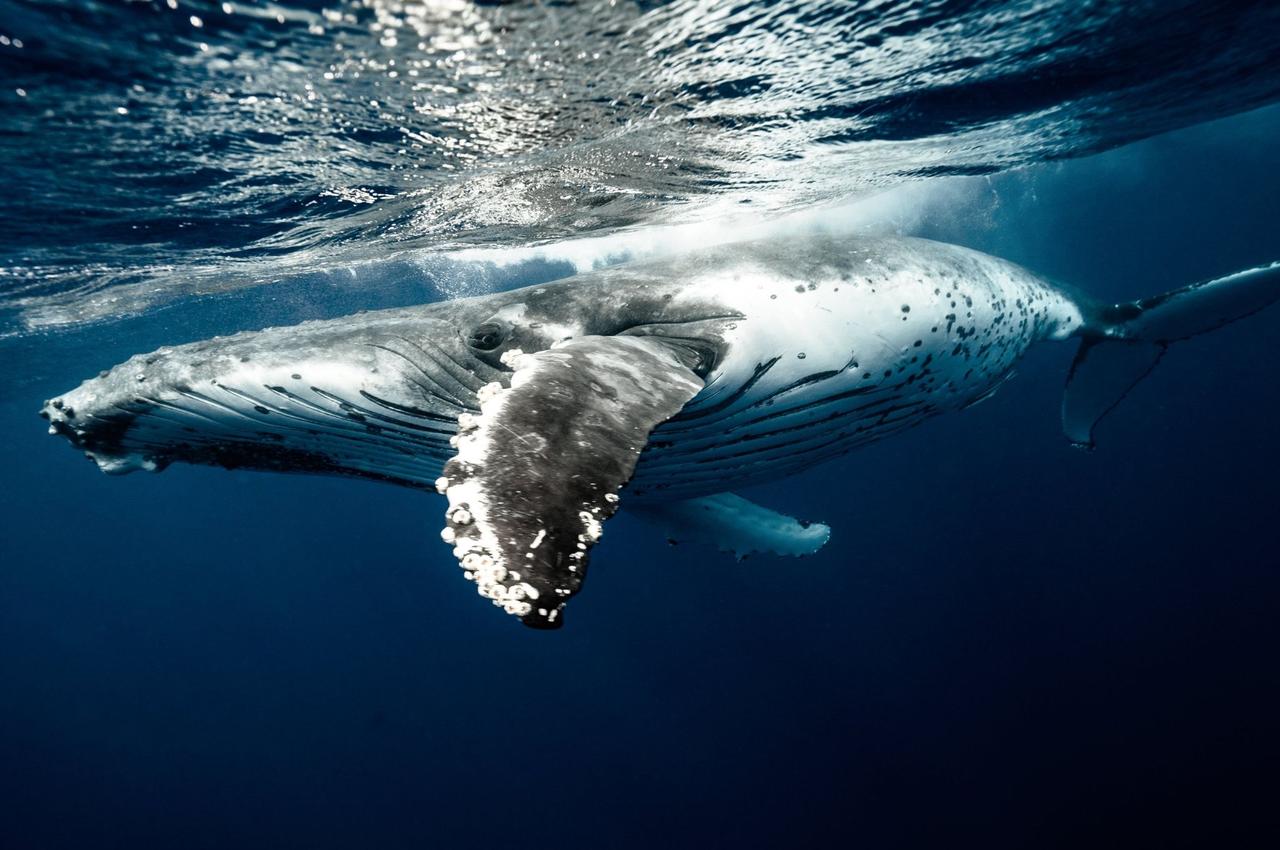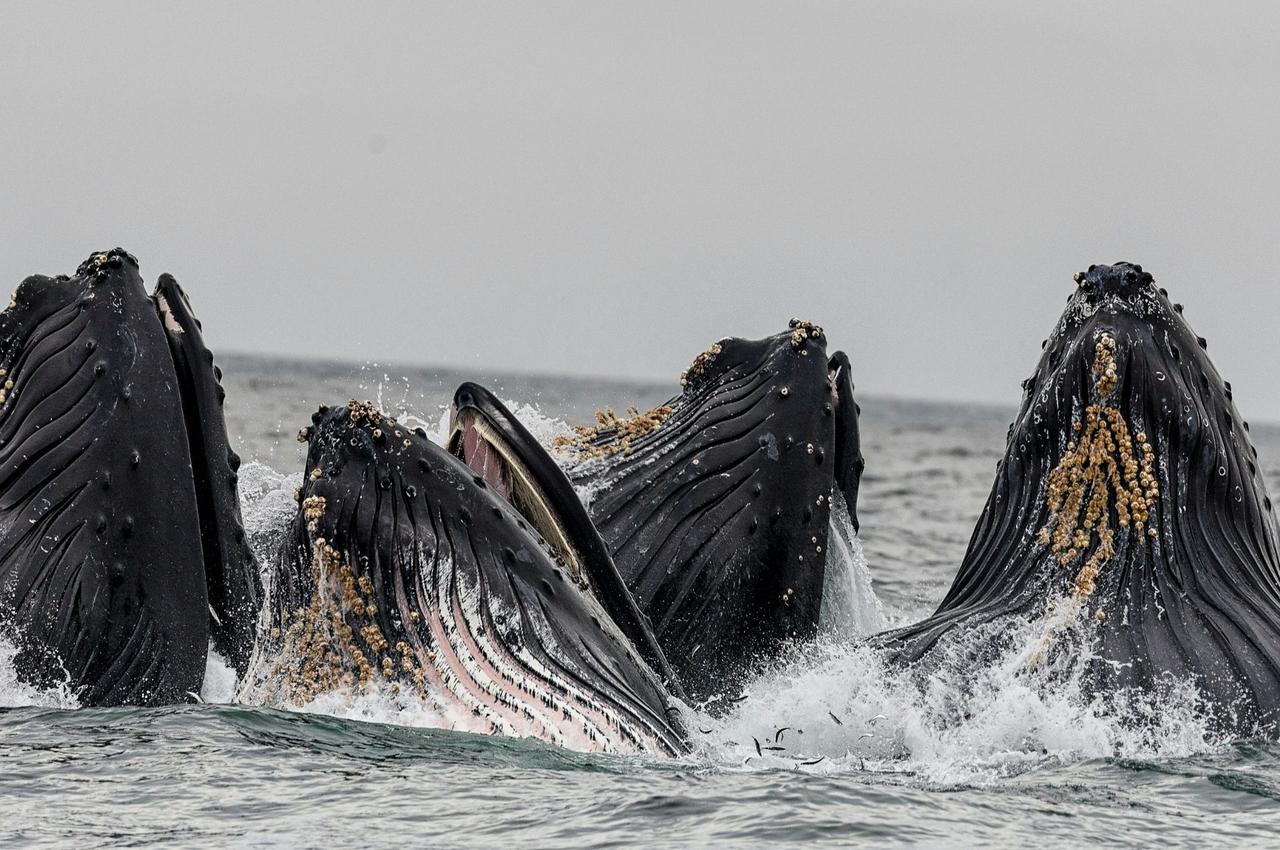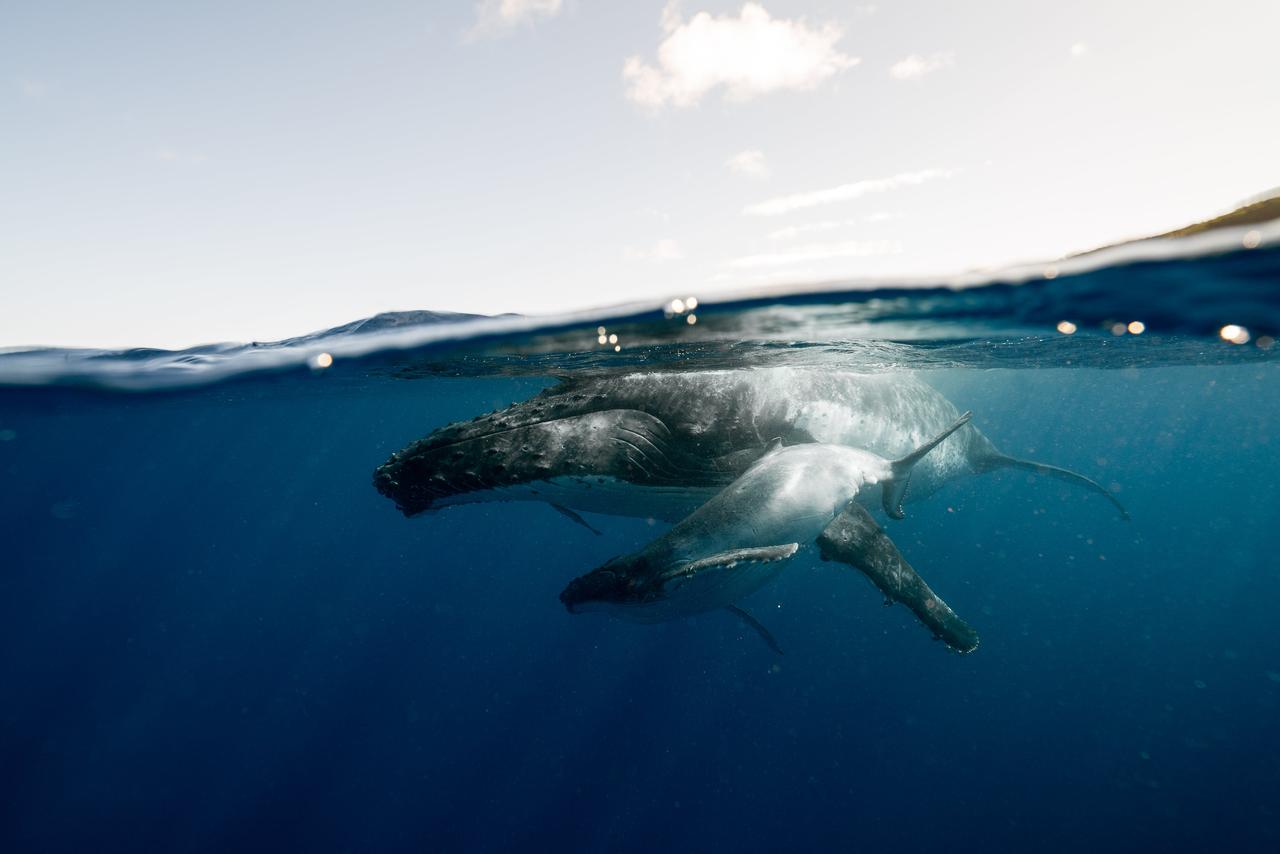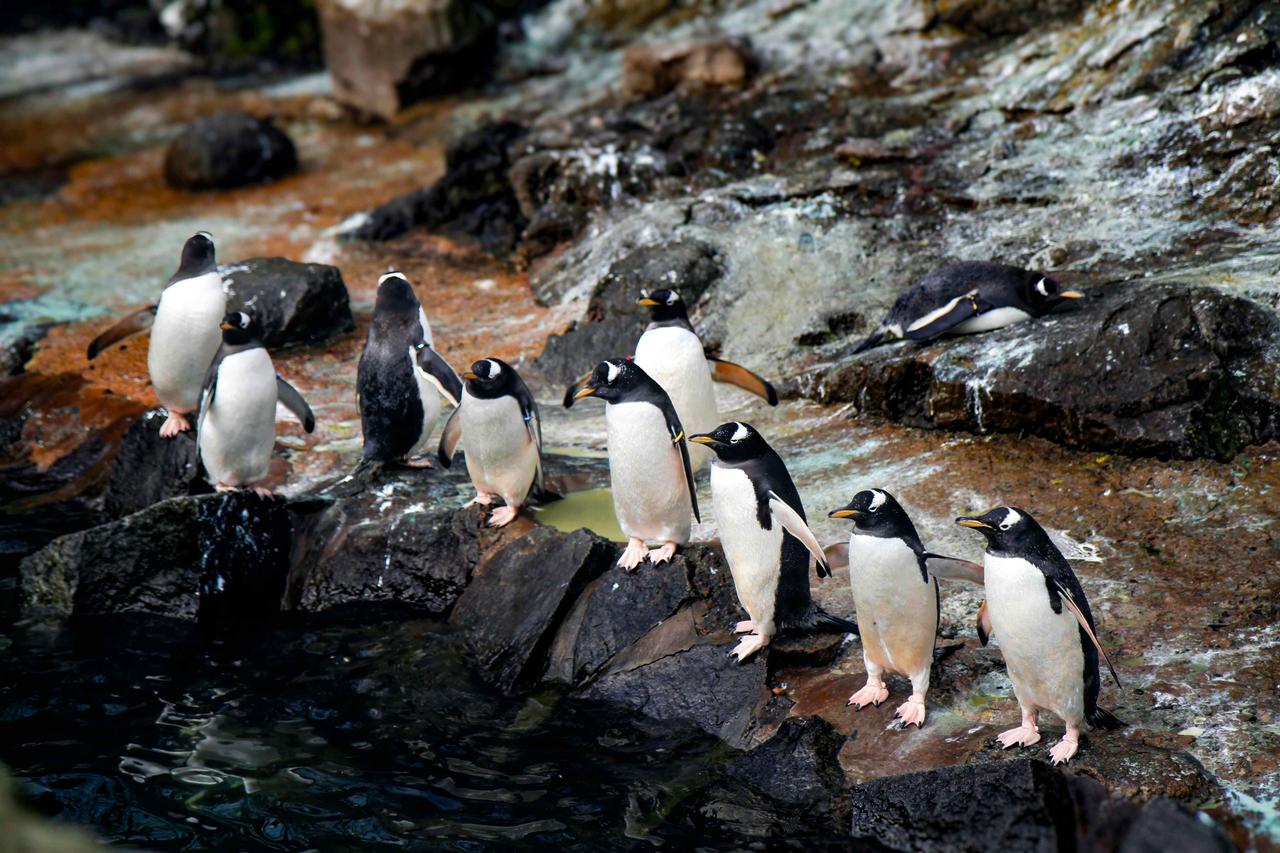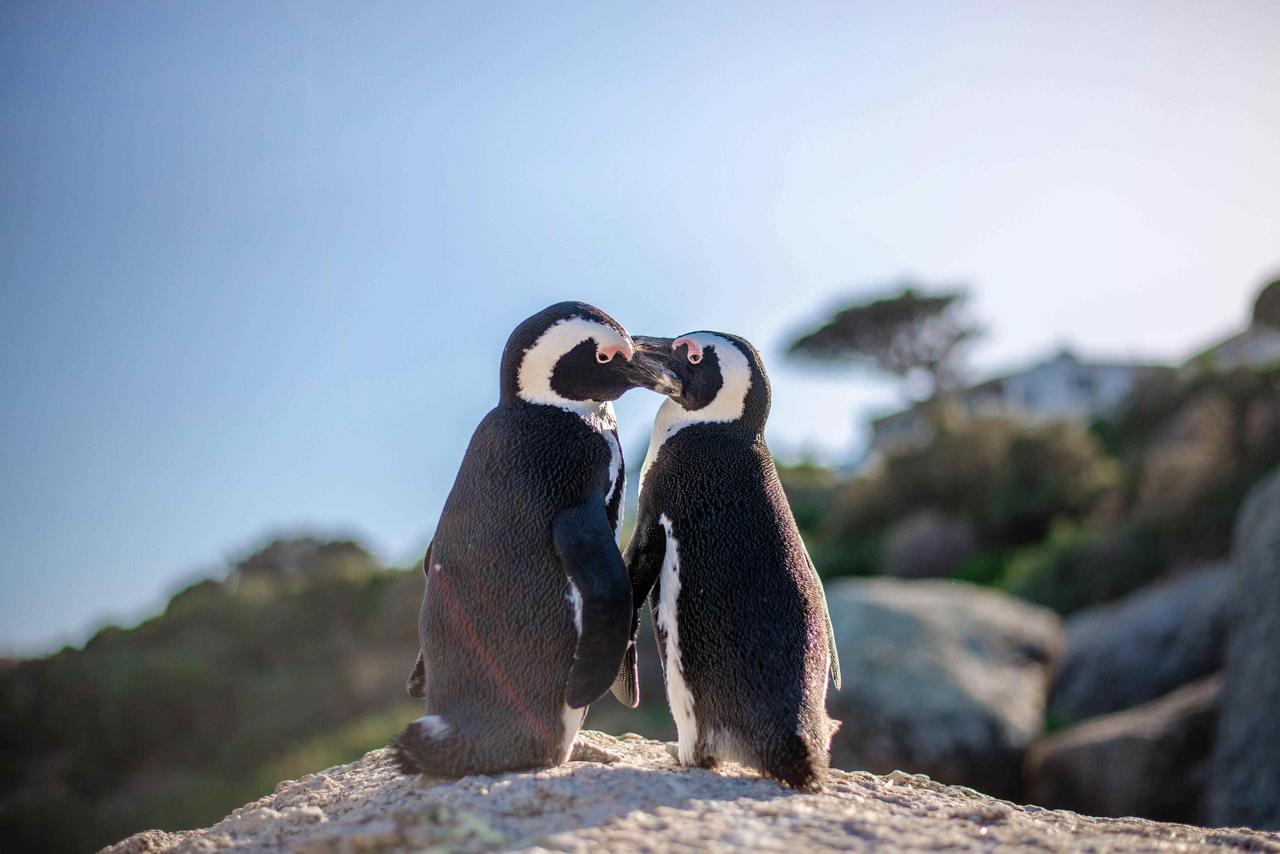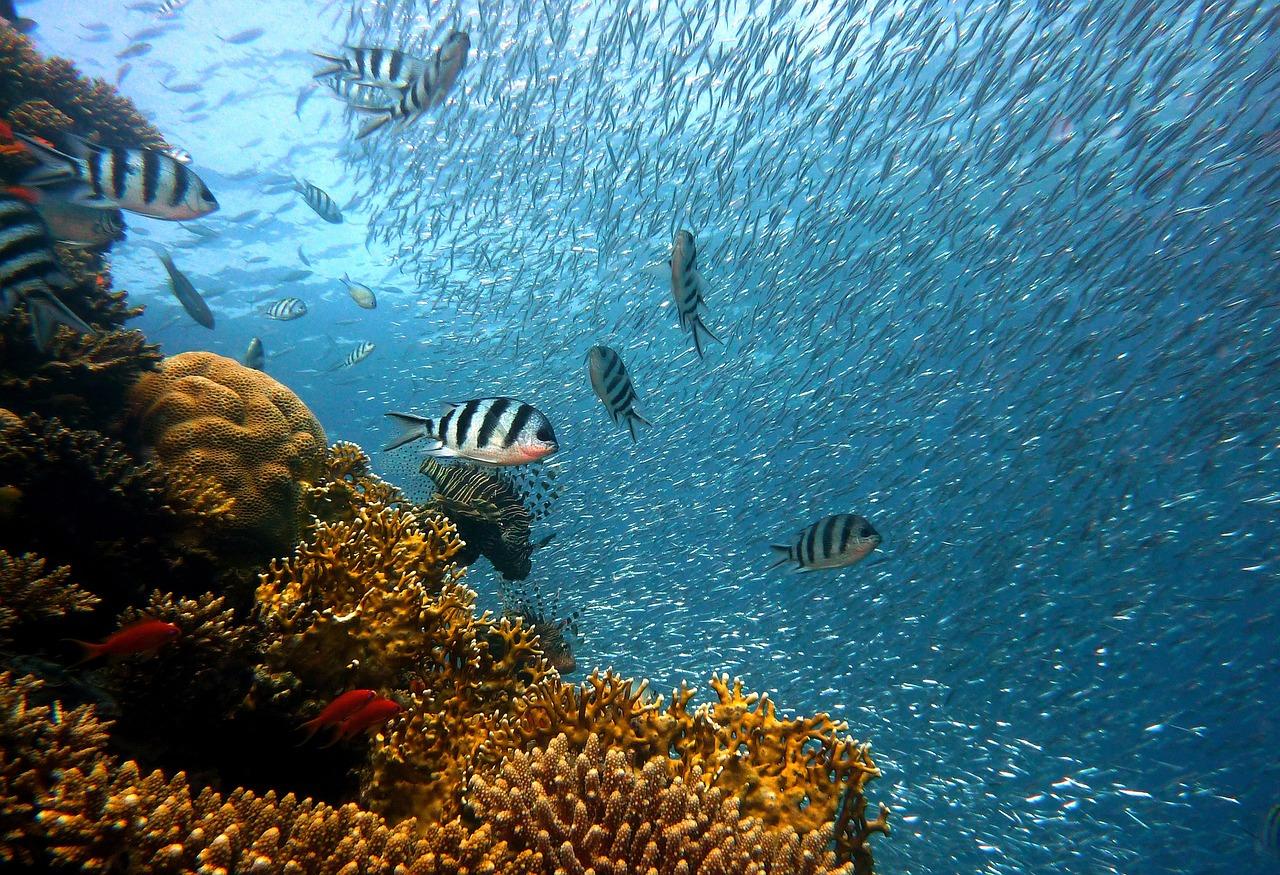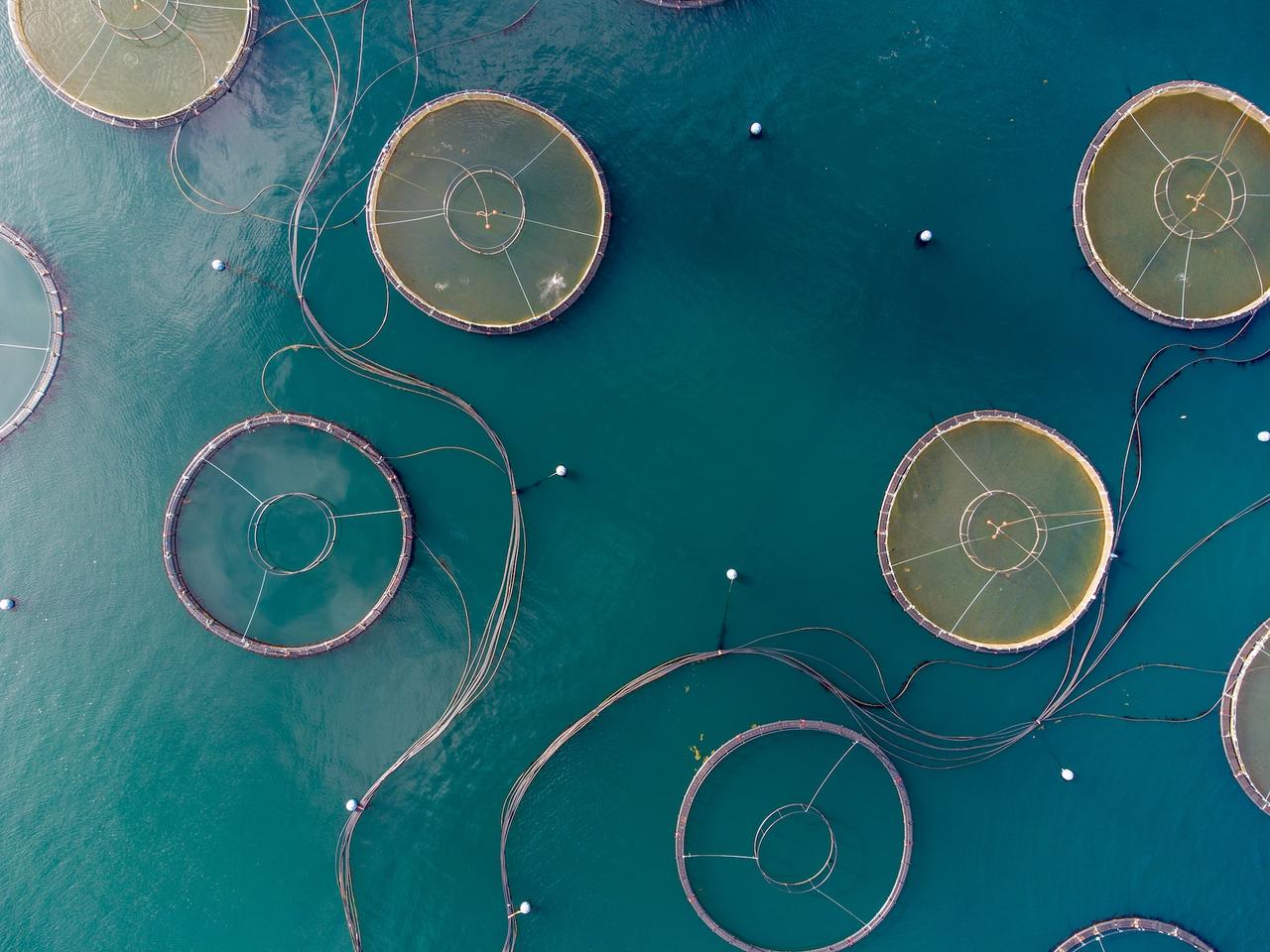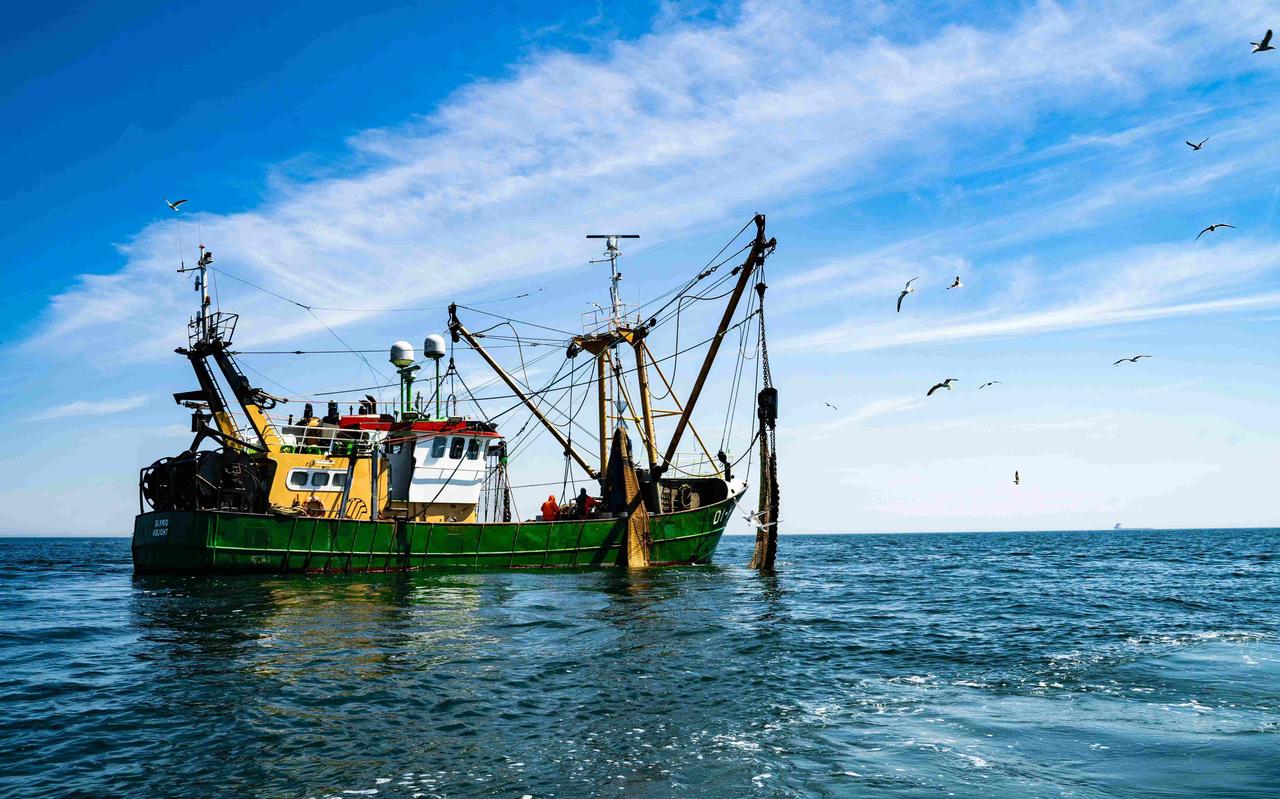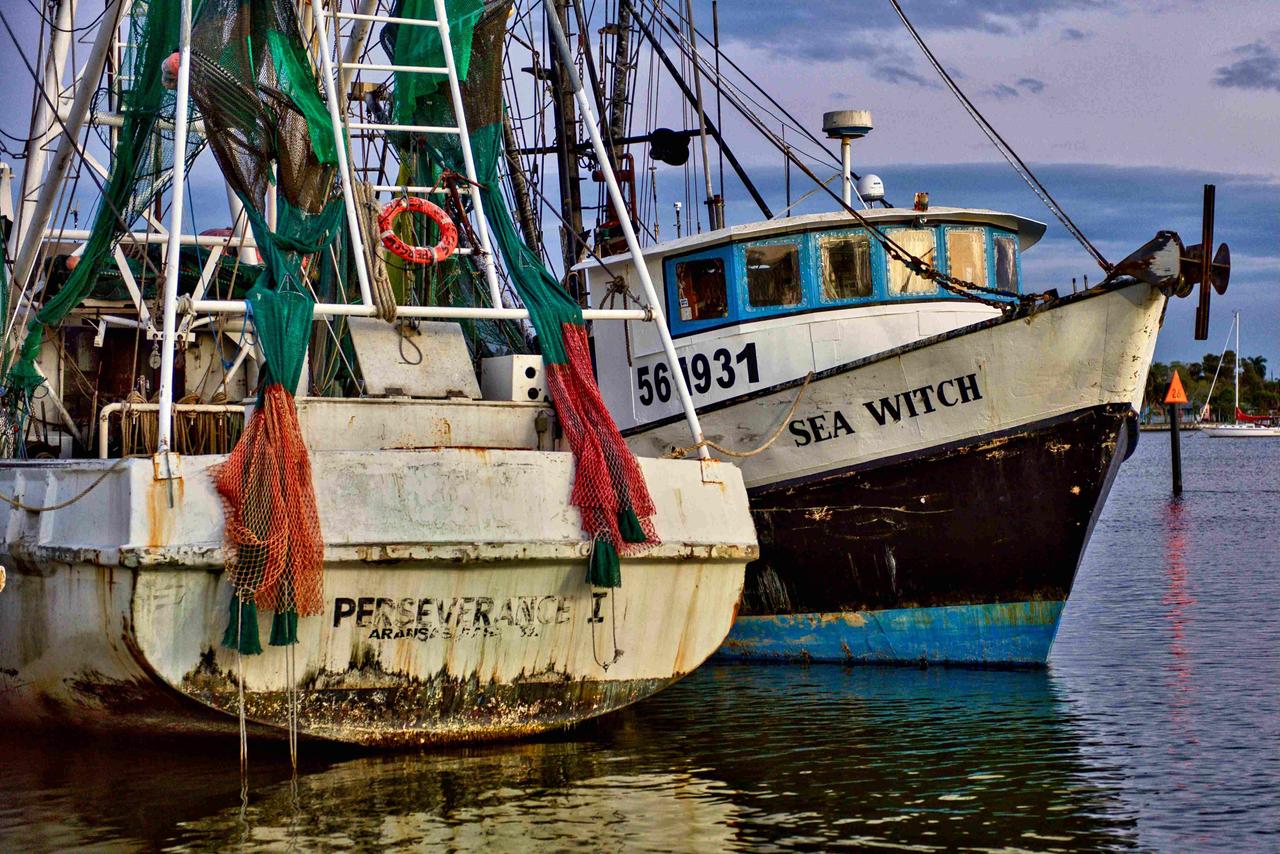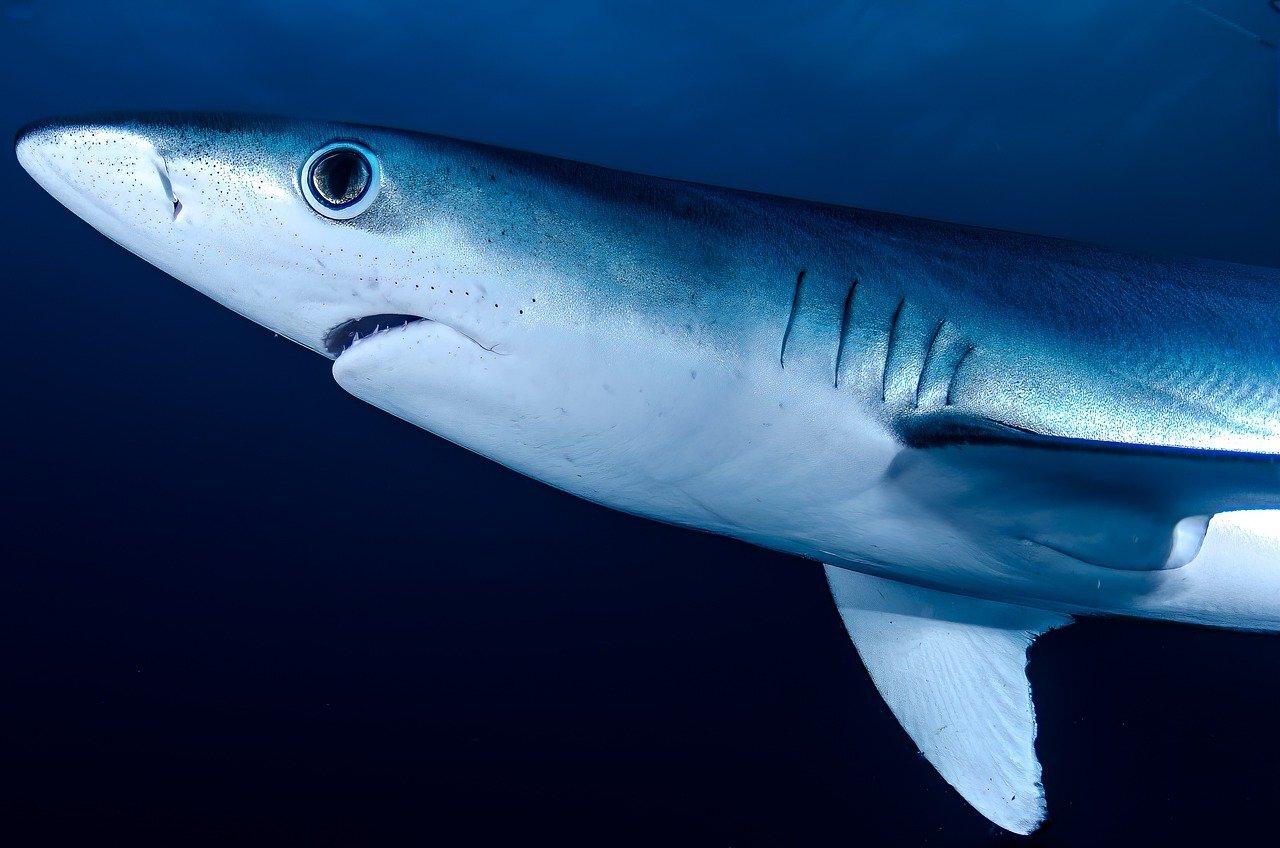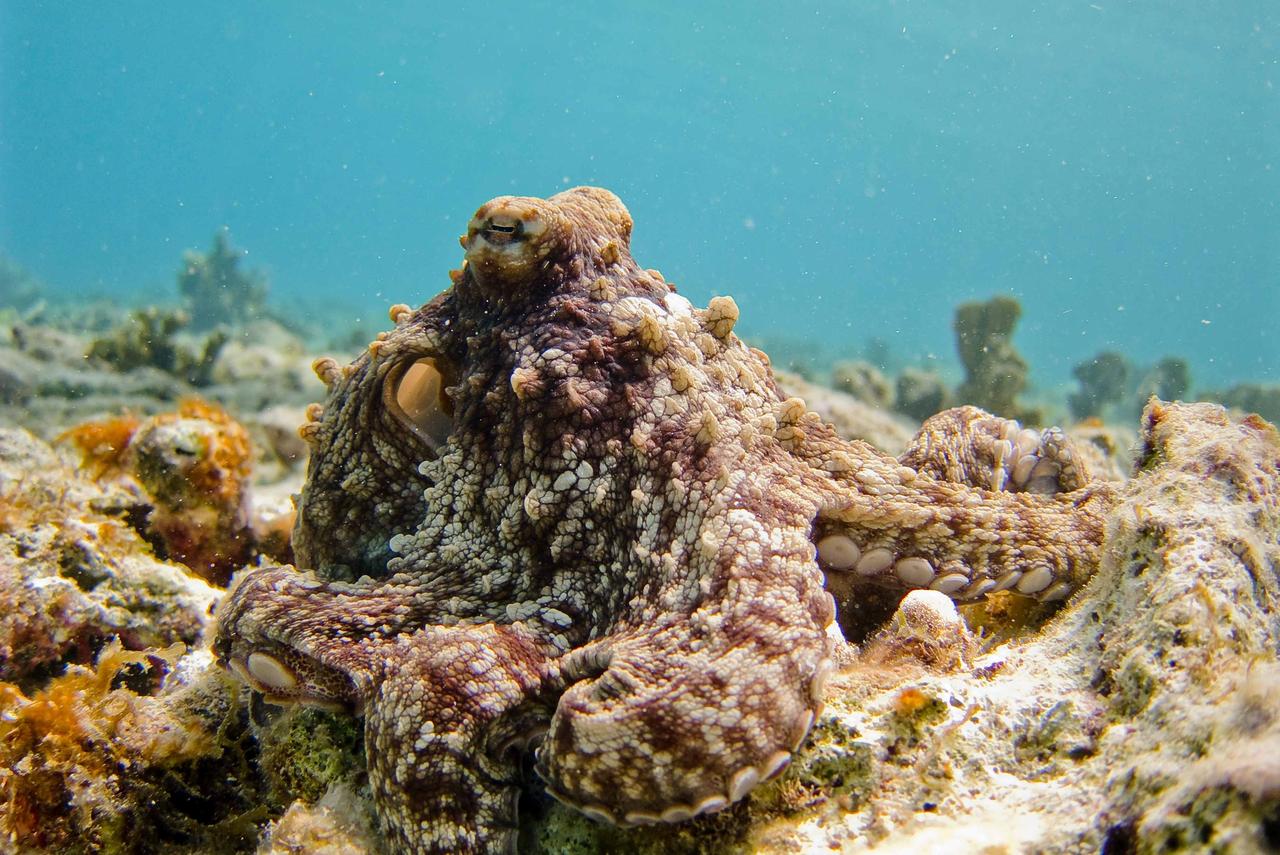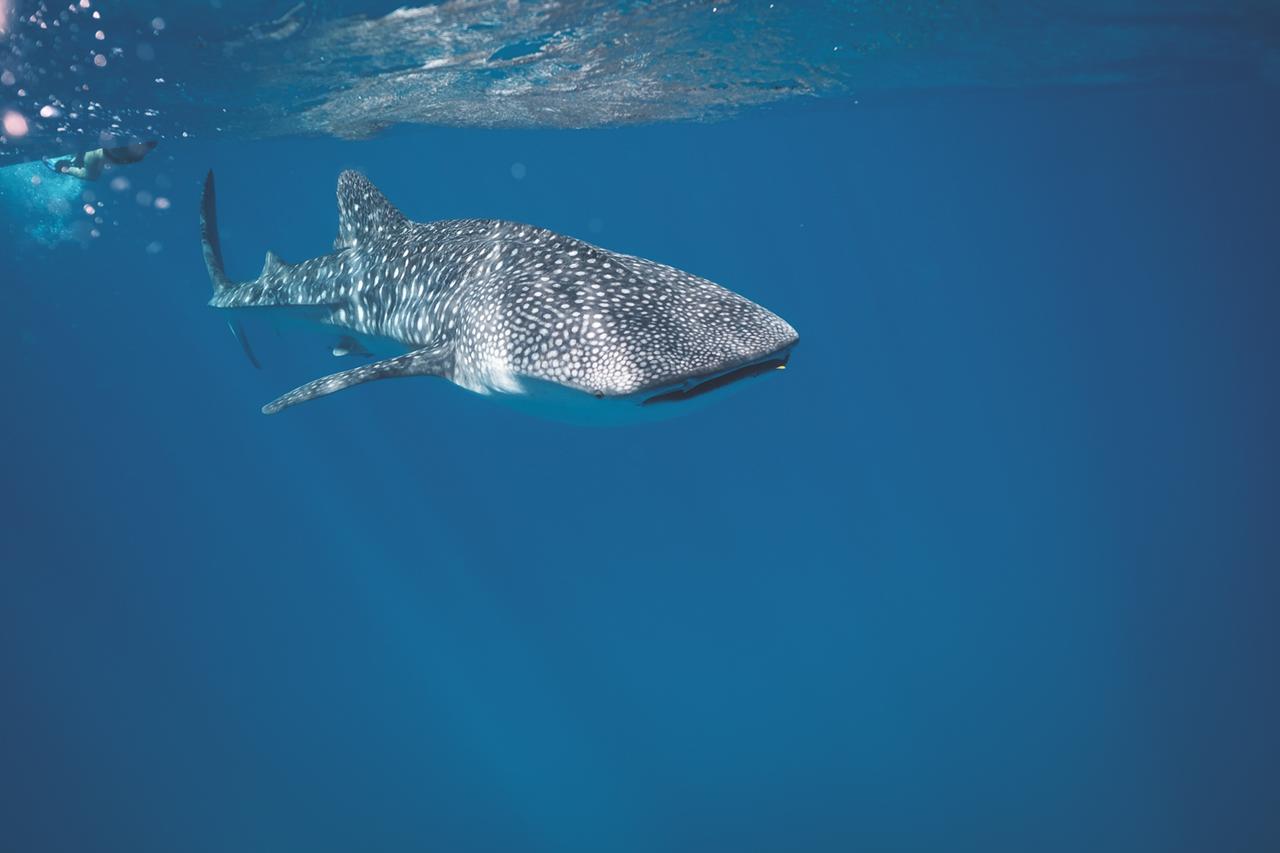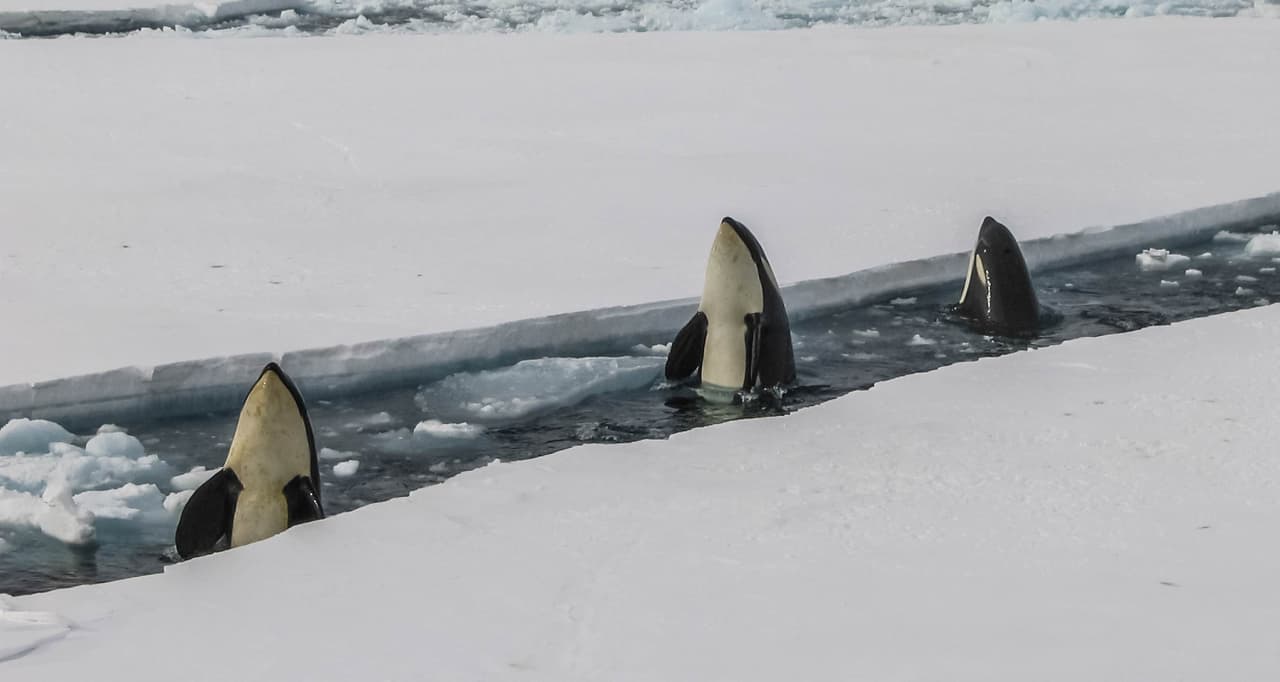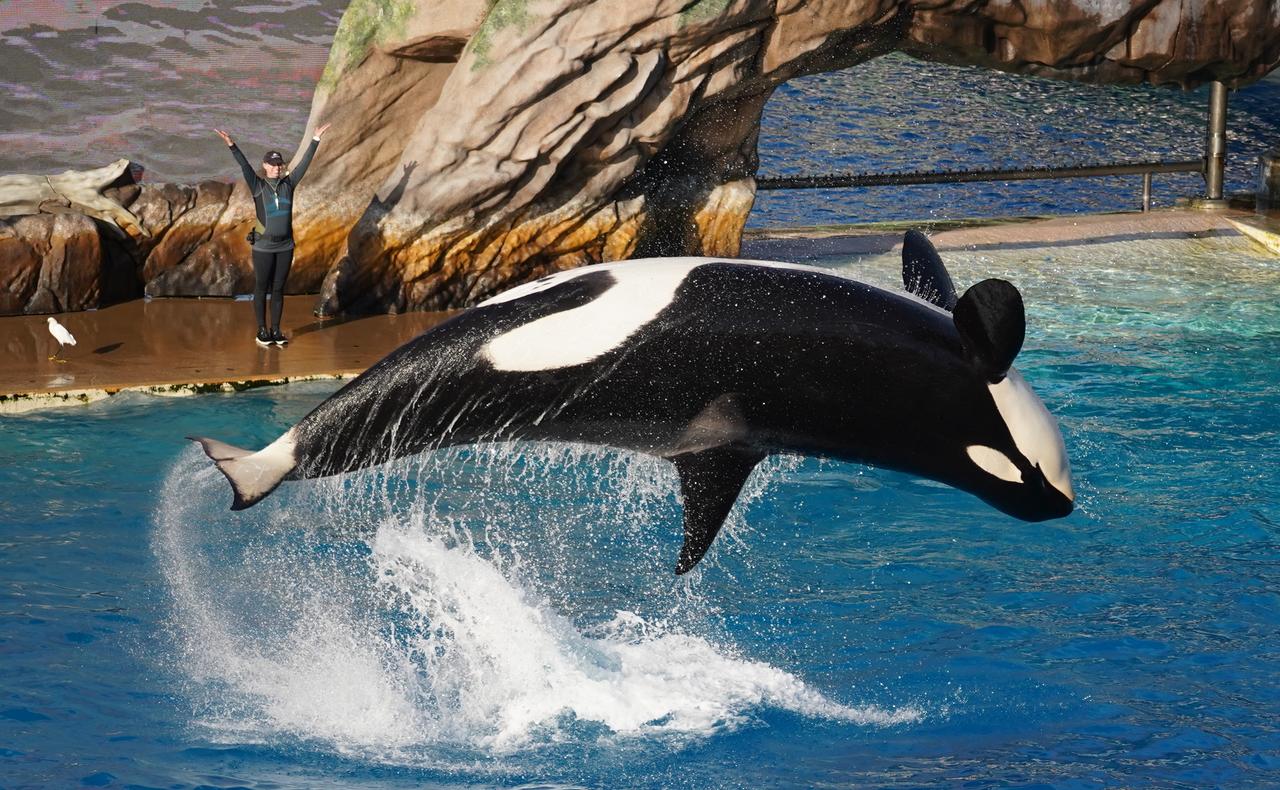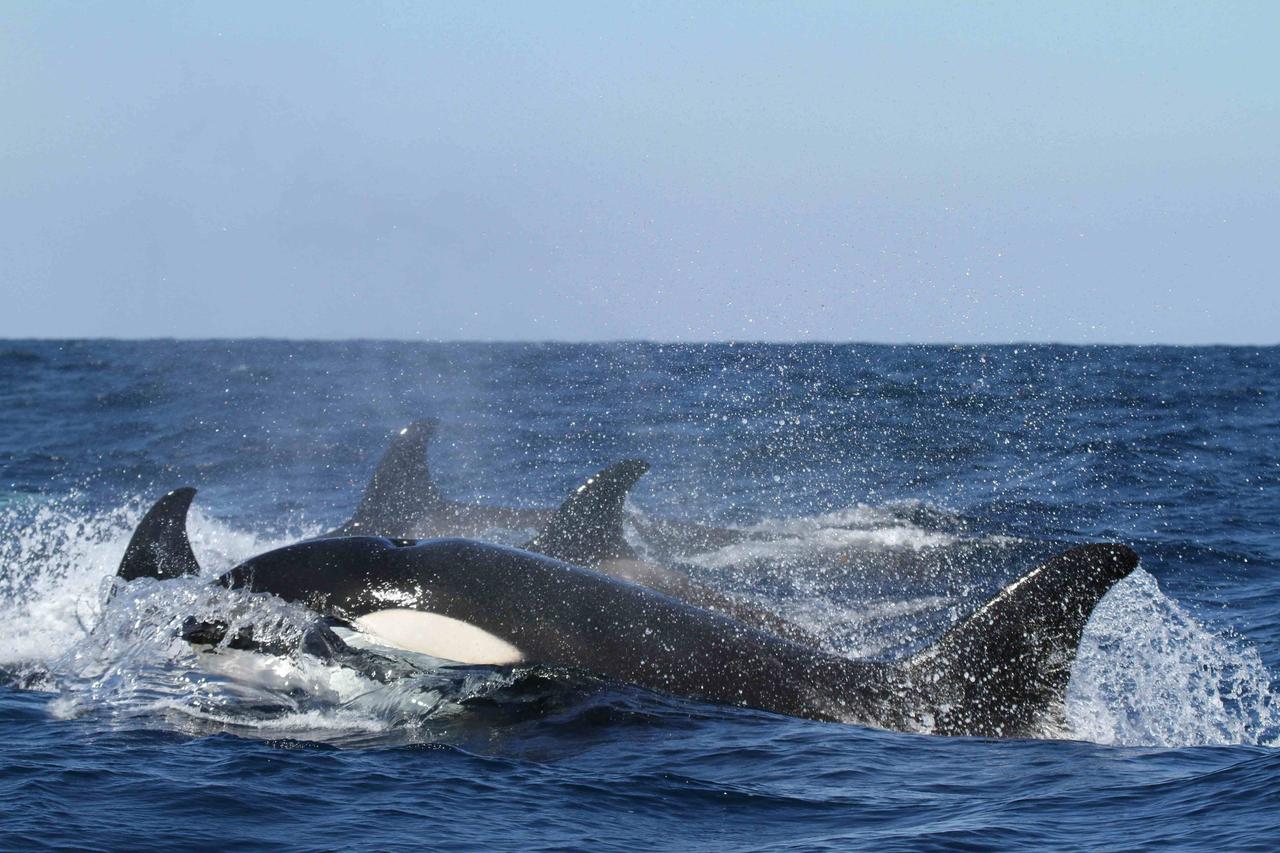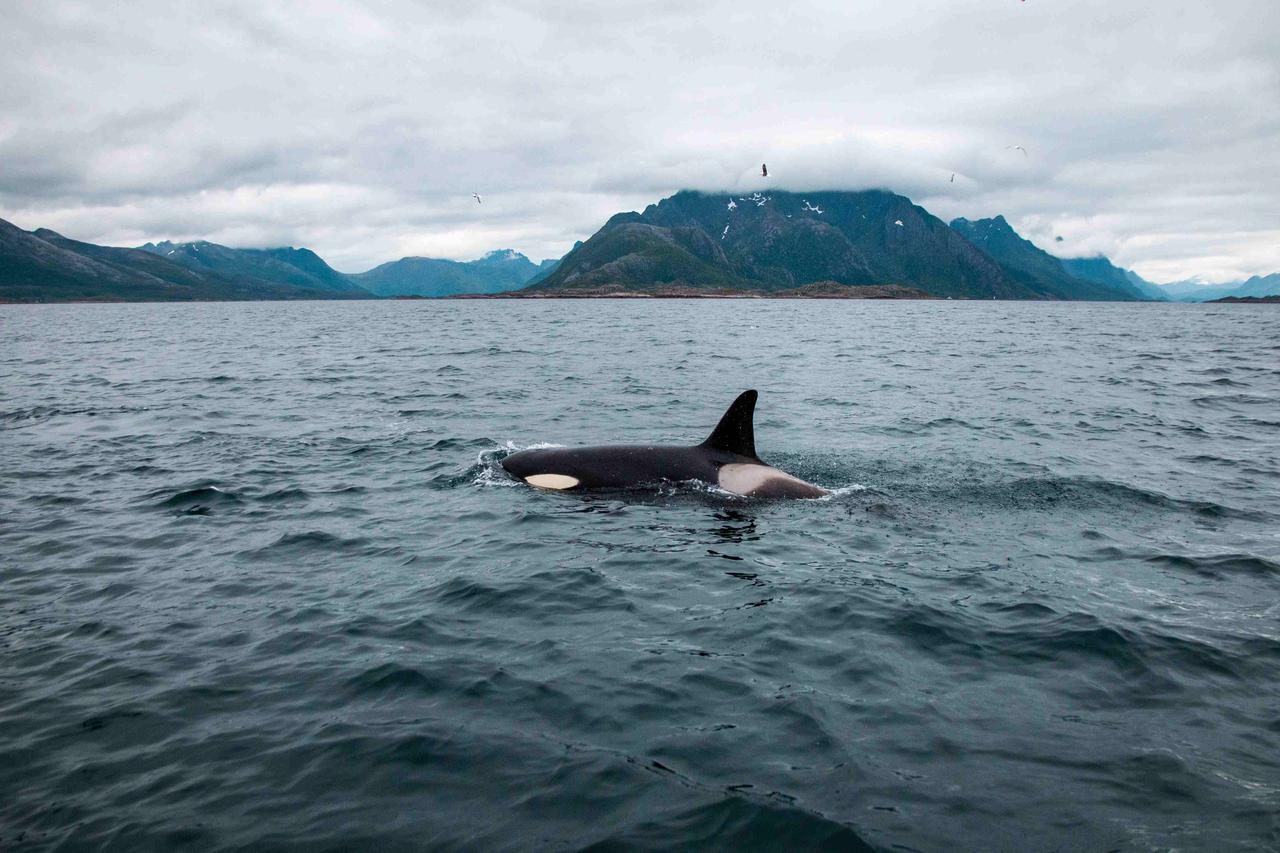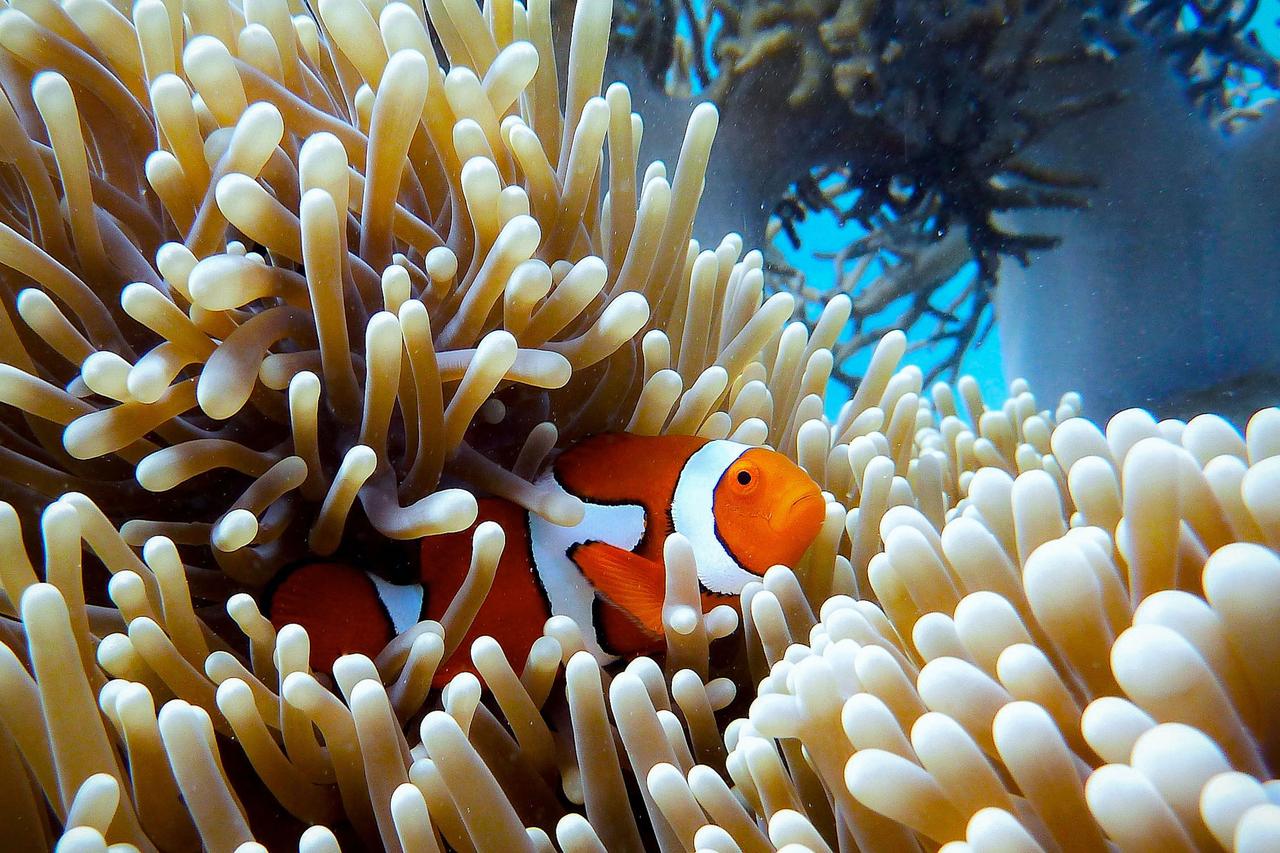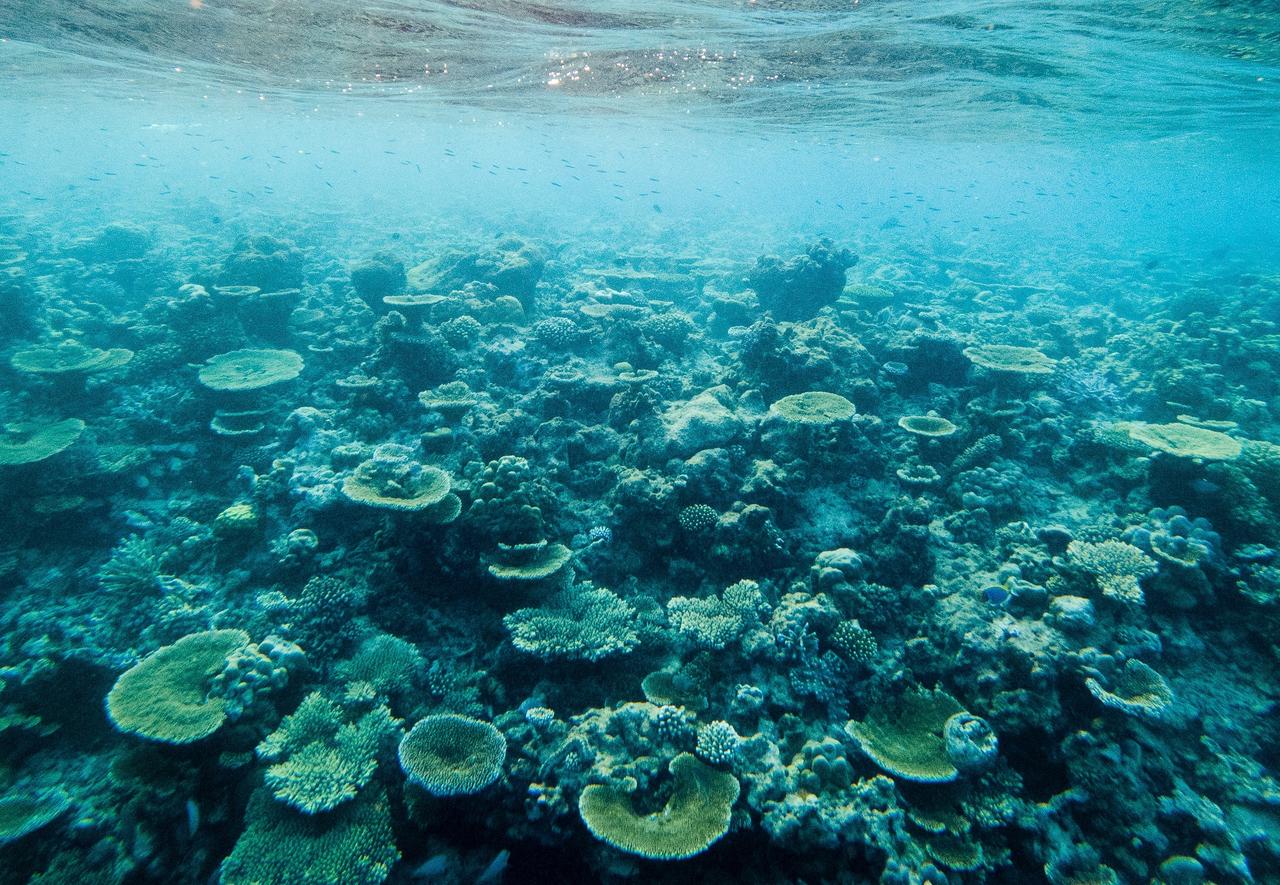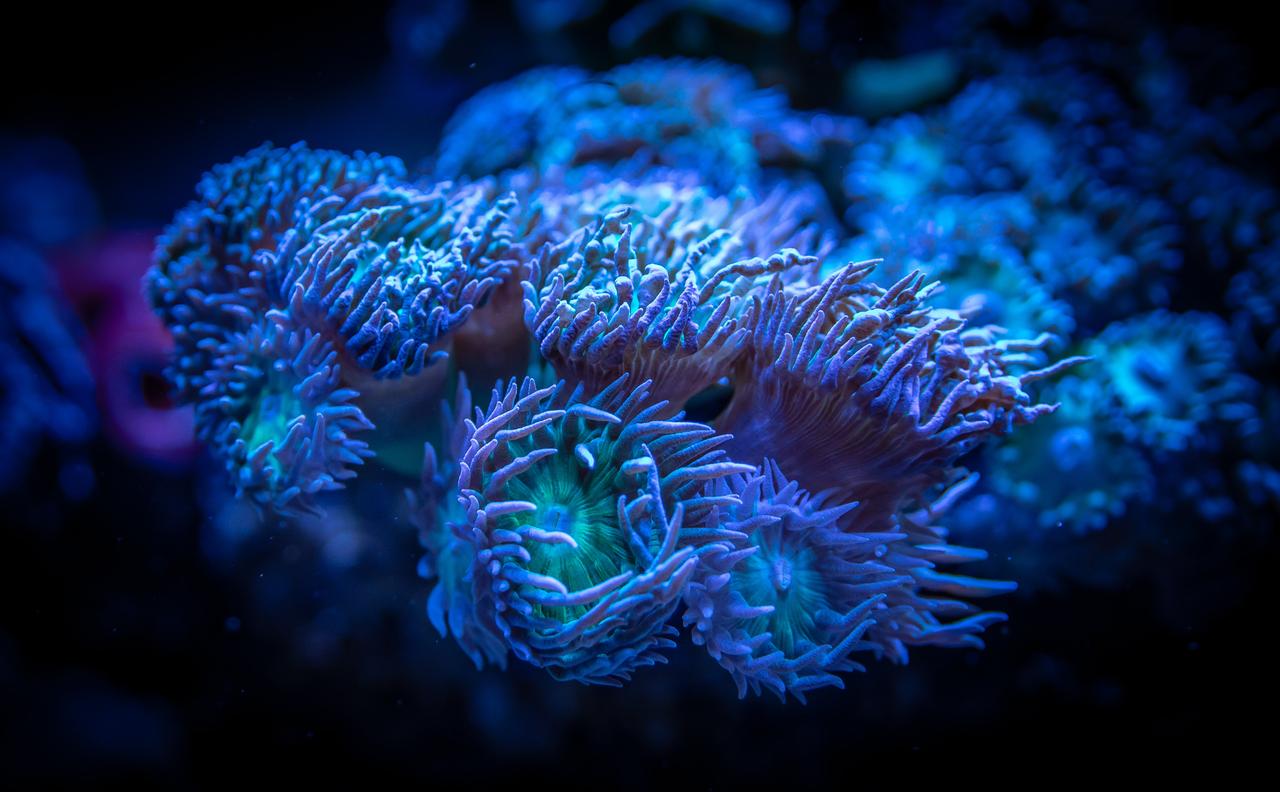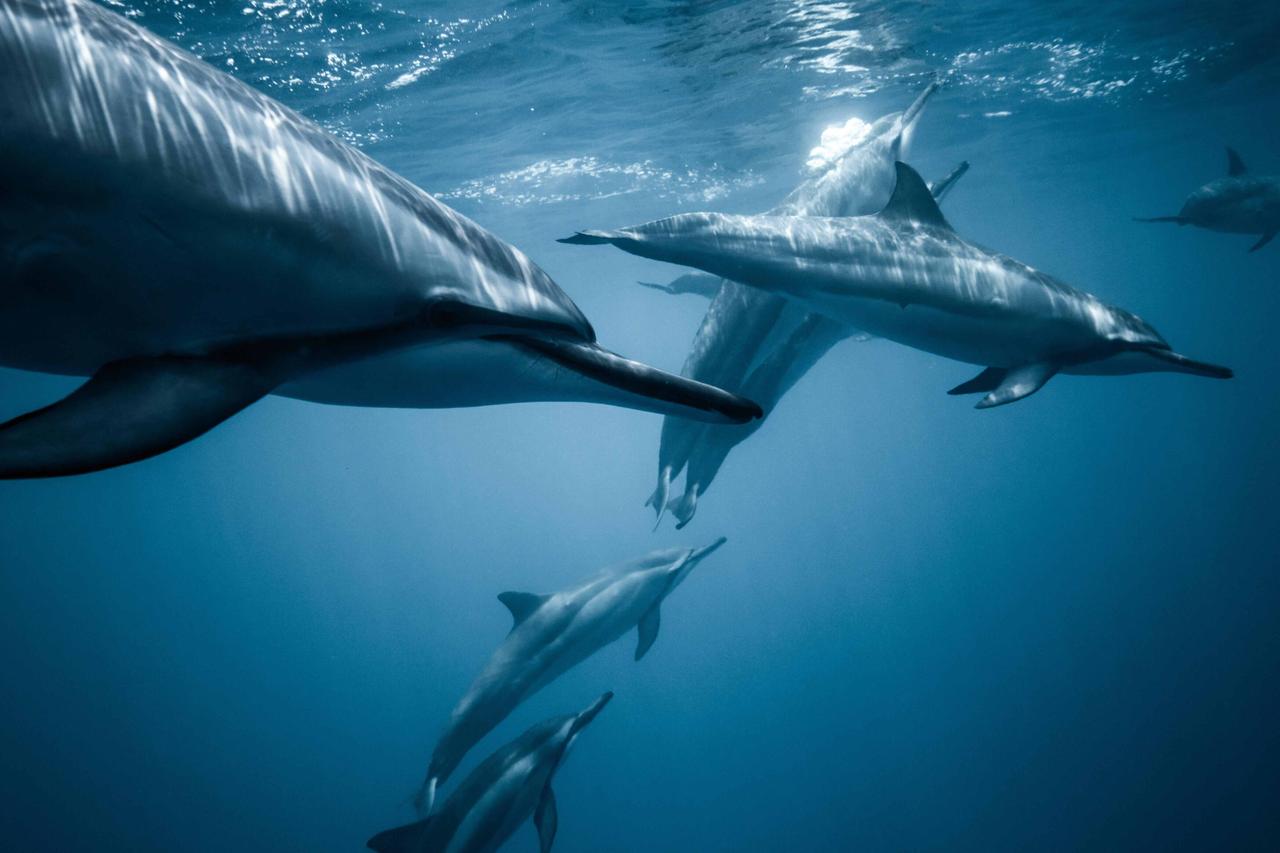
Research shows dolphins display characteristics similar to humans — including curiosity, playfulness, reliability and affection. What else do we have in common? Our brains.
Surf’s up, ocean lovers! Time for another round of BRAIN WAVES — an effort to keep our seas brilliant by showcasing some of the wildly, wonderful facts about the brilliant creatures who call our oceans home. And today, let’s talk get to know a little better one of everybody’s favorites — dolphins. Let’s dive in!
The need-to-knows about dolphins
- There are many of them — sort of: There are 42 types of dolphins, five of which live in the river ways of Asia and South America. The largest dolphin is the killer whale, whereas the smallest are the Hector and Maui dolphins. While their numbers may appear large, several subspecies are categorized as endangered.
- Dolphins vs. porpoises — they’re different: While they are both air-breathing, warm-blooded mammals, dolphins and porpoises differbased on their appearance. Dolphins have longer noses, larger mouths, and leaner bodies. They are also more talkative.
- World-class gymnasts: Dolphins are known for aerial theatrics — from flips to jumps to spins. Though it is unclear as to why they do this, scientists theorize dolphins perform these acrobatics to conserve energy (as air is less dense than water). Although, it is possible some dolphins do this just for fun.
- Sleeping with one
eyebrain open: Dolphins never lose consciousness because they only sleep with half their brain — alternating which hemisphere “stays on.” They do so because they don’t have an automatic breathing reflex, unlike us.
- Dolphin diet: Though it depends on the species, dolphins feed on a variety of marine life, including fish, squid, shrimp and octopuses. Many have adapted unique cooperative feeding techniques from stunning fish, hydroplaning, and mud-ring feeding.
- Family is everything: Most dolphins live in pods that are linked by complex social relationships that aid the survival of the species. These pods can be either nursery pods, bachelor pods, or a mix. Some pods can get up to 10,000 strong!
The wits and what-nots of dolphins
- Big brained: Larger than a human’s, a dolphin’s brain is equally complex. Dive deeper into their brains, and you’ll find spindle neurons — cells that are associated with advanced cognitive abilities, including memory, reason, perception, and communication.
- Baby talk: Dolphins have a vast repertoire of learned vocalizations — from squeals to clicks to whistles — and pitches. And a recent study indicates dolphin moms use "baby talk" when communicating with their calves and other young. Experts also suggest dolphins call each other by name, which are given to calves by their mother.
- Playful beings: Dolphins often partake in group play — purely for their own enjoyment. They have been spotted chasing boats, surfing waves, playing with makeshift toys and even playing with other species, such as humpback whales.
- Self-recognition: Research shows that, like humans, chimpanzees and elephants, dolphins are able to recognize themselves in a mirror. But unlike humans, dolphins can self-recognize as early as seven months.
Unfortunately, we are losing ocean life faster than we are losing life on land — nearly 2,300 marine species are endangered. By 2100, nearly 90% of all marine species may be at risk of extinction. Dolphins and porpoises are no exception — because of pollution, overfishing, habitat loss, bycatch and climate change, it is estimated one in four whale, dolphin and porpoise species are at risk. And for some, like the Maui dolphin, whose population is fewer than 55, and the vaquita porpoise, whose population is fewer than 10, extinction is within reach.
Luckily, there are recognized organizations working tirelessly to protect our seas. And you can too — by donating with VAKOVAKO, all contributions go straight to our ocean’s frontline fighters.
Be the difference to sea the difference.
___
And keep our OCEANS brilliant. Donate with #VAKOVAKO.
___
Don’t miss it: Go swimming with sharks with us next week.














